|
Sometimes the most interesting art experiences come from the most simple items. One sunny afternoon we made beautiful water pinwheels with just cotton pads, food coloring, eye droppers and of course, water. Each child got their own tub of water and stack of cotton pads, and after educator Jen showed them how to create the colorful blooms, we got right to it! Each colorful pad that was dropped in the water was met with so much awe and excitement! With just six different colors, we managed to make some of the most interesting water pinwheels. Although we used just four items we had unlimited fun and ideas kept flowing; Can we make a happy face? What happens if we make a blue pinwheel and dropped it in red water - will it turn the water purple? Let's put ALL the colors on one pad and see what happens! This experience in "water art" not only worked on the fine motor skills of the children, but it also stirred up excitement and wonder. The young artists often paused to appreciate the natural flow of the color as it spilled into the water, creating galaxies, swamps, flowers and more. Try it at home to experience it yourself and see what all the excitement is about! - Jen
0 Comments
Last Monday May 17 2021, I noticed that cohort B enjoyed learning a new language. When we were outside at the tarmac in the shed, one child asked me how to say "orange'' and ''jaune" in English. I answered that the word ''orange'' is orange in English and ''jaune" is yellow in English. I explained that some words have the same spelling in English and in French, but they are pronounced differently. Another child asked again how to say ''bleu'' in French, and I replied "it's blue, the difference here is how you pronounce the word as well as the spelling".
From that conversation, I got an idea to plan a new activity in which children could observe and explore simple words that people use often when they speak and communicate. Those phrases are in English, French, Swahili and Kirundi.
That activity happened beside the play structure in the forest on May 21, 2021.
I set up the visual materials that the children could look at and be more connected to the word. The materials included 40 coated playing cards, two books about verbs and tenses, two translation dictionaries in French and English, a Positive Discipline book, a grade 4 book in Kirundi and the globe. In the picture shown above shows a chart that has four columns with the following phrases: Good morning, how are you, I'm fine (good), good afternoon, have a good day, good evening, good night, what's your name?, my name is..., and enjoy your food. Each phrase is listed in English, French, Swahili and Kirundi. I also provided the children with 40 cards that had the each of the phrases listed above separated into each language to use during the game.
Before exploring those languages, I hid the cards in the forest. Then, I challenged the children to find and collect them, then bring them back to the tarp and try to read the phrase written on the card out loud. It was amazing to see how the children were engaged and participating in that conversation. They were able to pronounce some words that they learned in school for example,
"Bonjour" and " Bonsoir".
Thereafter, the children mixed the cards on the ground, and played the game by matching the phrase that had the same meaning in each of the four different languages. Throughout the game, the children referred back to the chart that had the 10 phrases listed under each of the four languages to help them match the phrase to the correct language.
As a group the children decided to each take five random cards from the pile, and the remaining cards were left on the ground where they could get more when needed. Each child had a turn to yell out the word that was on their card as they placed it on the ground. Once they yelled it out, another child could add the card to match the phrase with a different language if they had that card in their hand. At any time, children could get a new card from those left on the ground to match with cards during the game if no one had the matching card in already in their hands.
During that game, one child called out "Bon appetit" (enjoy your meal) four times. When I asked him why he kept saying that phrase, he said that he likes it and that he's hungry. He was happy to repeat that phrase over and over again.
While exploring the visual materials we used, children noticed some words started with two consonants that they don't usually see in English. For example, 'good morning' in Kirundi starts with "Mw" to spell Mwaramutse, or 'good afternoon' in Swahili starts with "Mch" to spell Mchana muema. They also had an opportunity to look at some books and the globe tp get an idea on where these languages are spoken in the world.
During this activity, they developed their cognitive skills as well as their language skills. They learned new phrases and how to pronounce them correctly. The children asked the educators to help them pronounce them correctly if they were having trouble. They learned how they could communicate in four different languages. In addition to that, they developed their socio-affective skills because the played and worked together to get information from different books and the globe used as visual materials.
Due to the child that was so interested by the French phrase "Bon appetit", my next plan is to teach them a French song that they can sing when they have dinner before they eat, which I have provided below for you to listen and enjoy!
-Chantal
Recently when Cohort B was playing outside in the forest, I noticed two of the children sitting down and observing a hole that was filled with bugs. One child extended out his hand and the bug slowly crawled up his arm. The other child observing these bugs said that they didn't want to touch them because she was afraid. From that observation, I planned an outdoor activity where the children could further observe the insects that they found around the centre grounds and in the forest. They were given jars to collect the insects and then compare them on Monday morning May 17, 2021. As seen in these photos, the children were very engaged in this activity. They used the nature explorer telescopic(net) and the lid of the jar to catch the insects. They also had an opportunity to look at them through the magnifying glasses. The child who was afraid to touch the bugs the week before had some ants in a closed jar and called out to the group and said ''look how big the ants are! They have arms and legs, but they don't have eyes". Another child encouraged her to keep exploring by showing that nothing would happen it if she just looked at the ants through the jar using the magnifying glass. While they were playing in the forest, the children were explaining which insects they like the most. Some said that they like bees well others mentioned liking ants and butterflies. They compared these insects and discussed the following: - Some fly while others crawl of the ground - Some live underground and others live in the hole or on the tree - Some insects like to eat berries, some like to eat garbage and other insects eat bugs. The children also had an opportunity to look at some books and got more information about different kinds of bugs. All of a sudden one child who was holding a large net ran over to another child and yelled "I'm going to catch you!" while placing the net over their head. This turned into a funny game created by the children where they ran around pretending to be birds flying and the child who was 'it' had a net and had to try and catch them. During the activity, the children developed their cognitive skills as well as their language skills because they visually explored ants, mosquitoes and other bugs. They also read books and talked to each other about what they observed. The children also developed their physical skills because they manipulated the nature explorer telescopic, the jar and the magnifying glasses when looking at or catching the flying insects.
For next time, I will plan an activity for the children to watch and explore the birds that fly around in the forest area. -Chantal- As mentioned in my previous blog called "Sand Painting" the children in Cohort B indicated that they like mixing with different colours. Late last week, when we were in the Far Forest the children were given the opportunity to explore the idea of mixing colours with shaving cream using a variety of materials! As the children arrived in the morning, they were presented with a tarp that had the following materials: shaving cream, acrylic paints, popsicle sticks, knitting needles, yarn, dish soap, water, rolling pins, cardboard and paper. The children sprayed the shaving cream onto the cardboard and then added a few drops of whatever colour paint they chose to use for their design. Next, the children picked what tool they wanted to use to mix the shaving cream and paint together. One child took a piece of paper and placed it on the top of the shaving cream while pressing down a little. When they removed the paper from the shaving cream, the child noticed their design had transferred to the paper. It was amazing to see the artwork that the children created. During the activity, one child called out to an educator and said ''look what I got, this is a fun activity'' and as she was playing in the shaving cream she also asked "who has a mustache so I can shave him?'' The children asked me if they could use their hands, and I said yes! While they were playing, they were talking about what they were creating. Some of the things mentioned were orange ice cream popsicles, a cake, a masterpiece and a sky design. We decided to display the art outside to dry because it was a sunny day. During the activity, the children developed language and socio-affective skills because they expressed themselves by saying what they made and how they felt in the group. They also used their cognitive as well as physical skills because they thought of what they could create and manipulated the materials using their hands, fingers and all other materials provided.
During this activity, the wind was very strong and blew around the materials. This led me to come up with my next activity idea: Blow Painting! - Chantal During a random snowfall towards the end of April, the children enjoyed using the mud kitchen supplies and bottles of food coloring, they made some desserts like ice cream, ice sandwiches, ice muffin and served each other. From that observation, I got an idea to organize a new activity called ''Sand Painting'' that we could do when we are outside. The activity happened in the field area on Monday afternoon May 3, 2021. I invited the children in cohort B to explore all materials I had set up on the table. I asked them to come up with ideas of artwork they can paint on the cardboard. At first the children didn't believe that they could paint without paintbrushes but, I told them to use their imaginations and get creative with materials we had. They wore painting tee-shirts and got materials such as a bowl, glue, paints, cardboard and sand messiness began! RED seemed to be the most popular colour, especially when using their hands and finger to paint. Everyone's imagination seemed to run wild and had different ways to apply the paint on the cardboard using gloves, hands, sponges, popsicle sticks or spoons. At the end of the activity, the children who participated named their paintings: Painting scrabbles tiles, confetti sprinkles, unicorn blood, red Spongebob, brown mess, finger painting and a green+blue . During the activity, the children developed their cognitive skills because they thought of different ways to paint without paintbrushes and what to create. They also developed their physical skills because they used their hands and fingers to paint.
Because the children were told they couldn't use paintbrushes, many children decided to use their hands to mix the colours. While using their hands to mix the colours some enjoyed the different textures, and some were excited about the paint changing colours on their hands which led me to plan shaving cream art to further explore multi-coloured designs! -Chantal This last April, Club 4/5 was busy creating structures using mainly popsicle sticks, cardboard, glue and various colours of paint. Lately, the children have been setting up their own areas, which includes a bedroom, kitchen, bathroom and many other places you can find in a home. Some children have also built instruments using wooden blocks and long tunnels using mats. For the first part of the project, the children were challenged to create a blueprint of the tallest tower. Take a look at what they drew! Those blueprints are: a selfie stick, buildings, a tower, a worm, an old television, and house. The second part of the project was to make their blueprint come to life! This part of the project allowed the children to explore their creativity and think of ways to put the pieces of their structure together. It was amazing to see and to hear the conversations they were having. "My project will take a lot of days" and "I have a lot of work to do''. There was a lot of encouragement and teamwork happening. After building the structures, it was time to paint! Some used blue, some used green and some used ALL OF THE ABOVE! The last part of the project was to display each structure to show the world. Educators, families and other children came to admire their hard work. During this project, the children developed their cognitive skills to reproduce their blueprints and adapted easily by using their hands and their fingers to put together their structure. They developed confidence by expressing themselves and displaying their project proudly. The following days, we will be searching for rocks and sticks in our outdoor space to add "real life" things to make the structures come to life. Lastly, a photo of a "old television" a child made at home. I was excited to see that this child wanted to work on the project even if they were not at Dawn and Dusk. - Chantal
|
Archives
September 2023
|

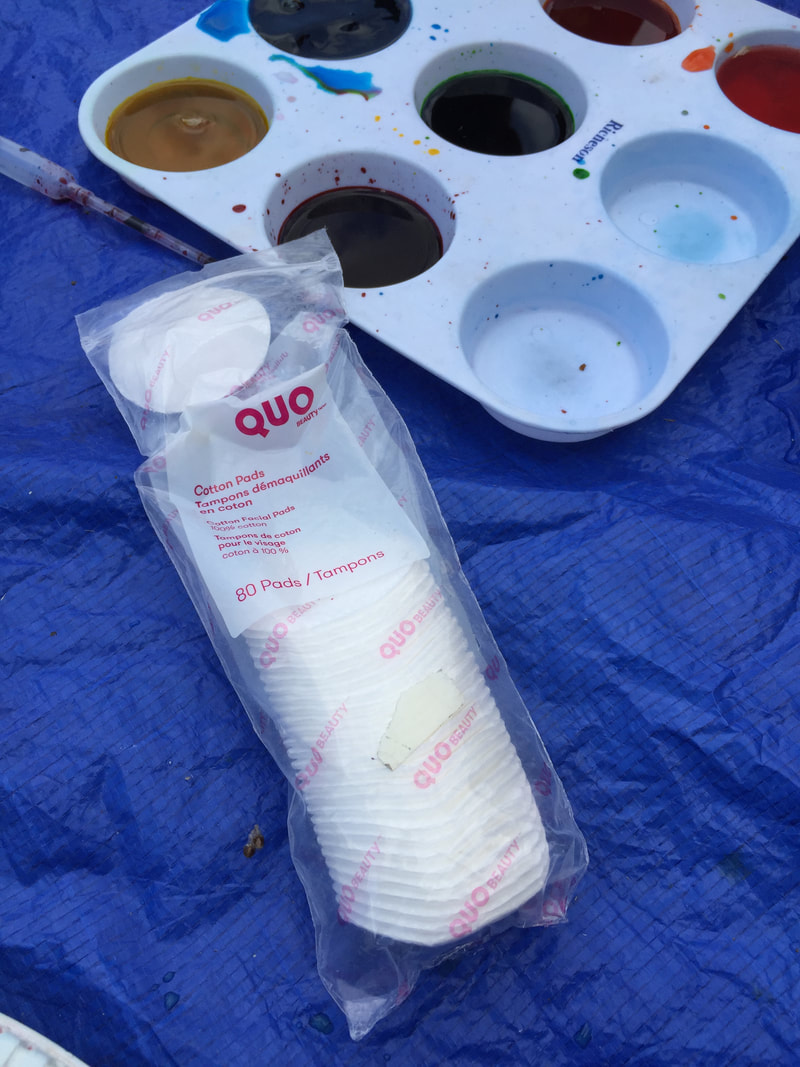
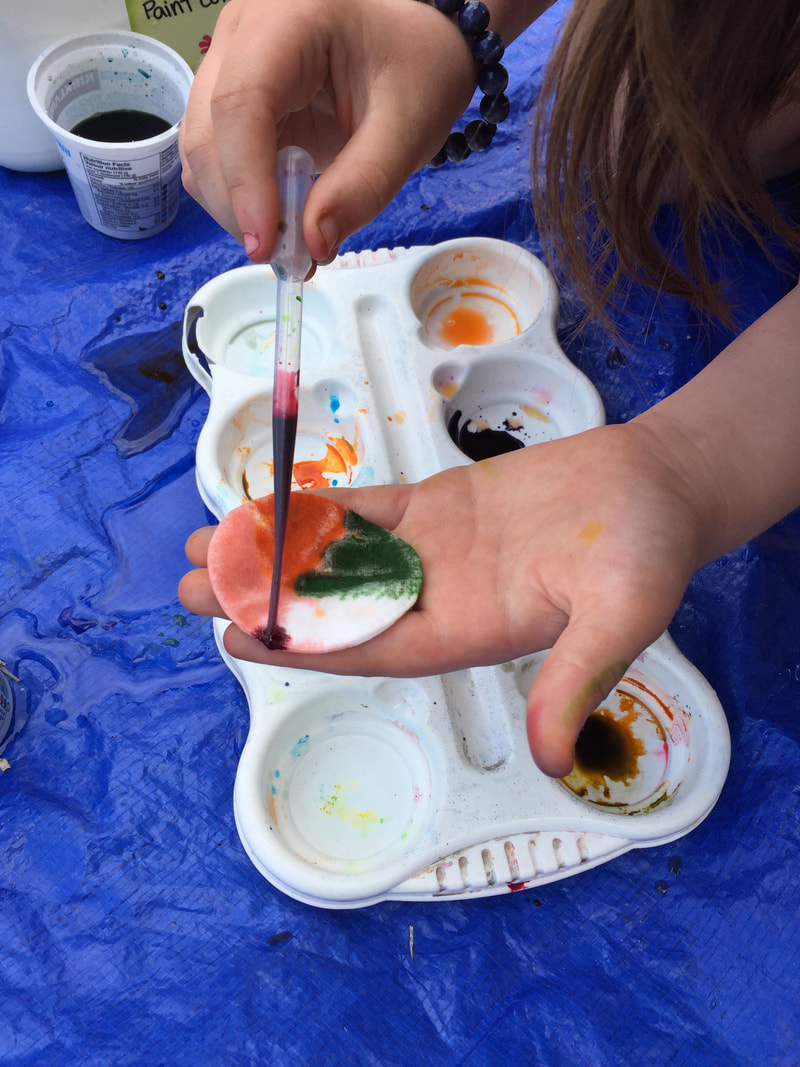
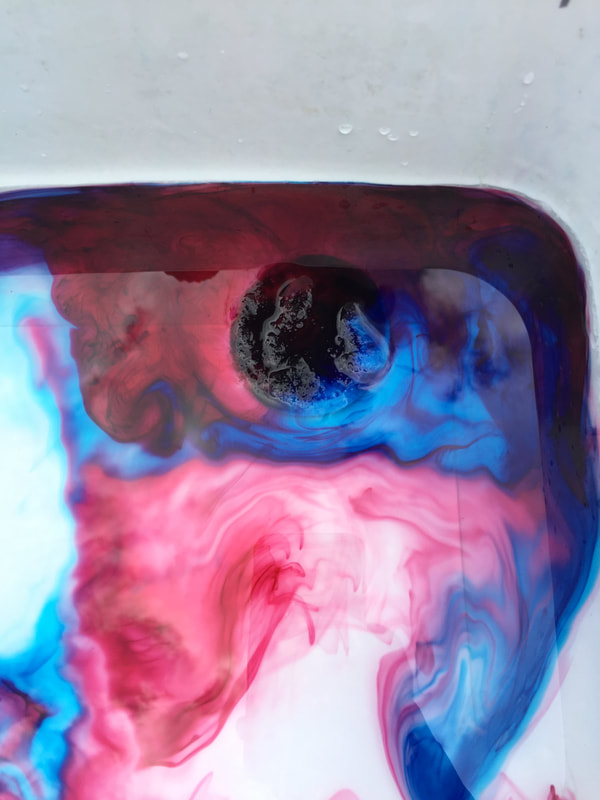
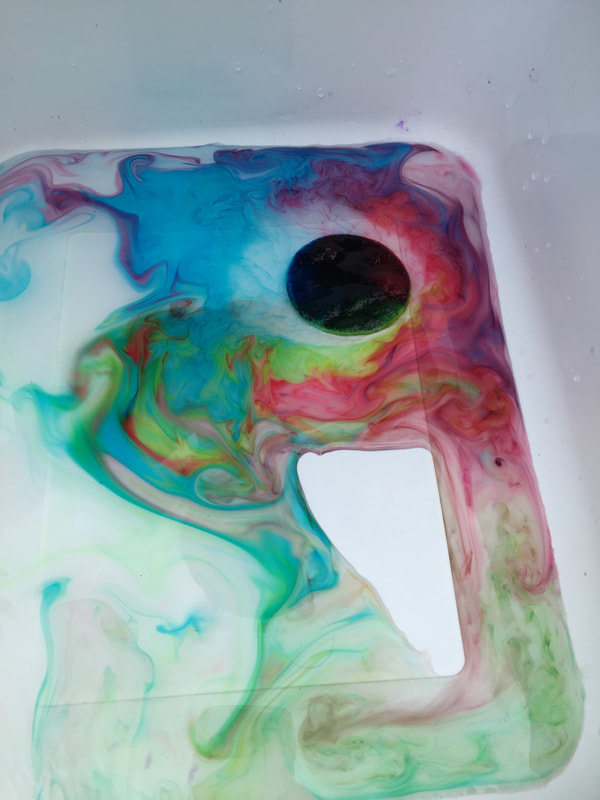
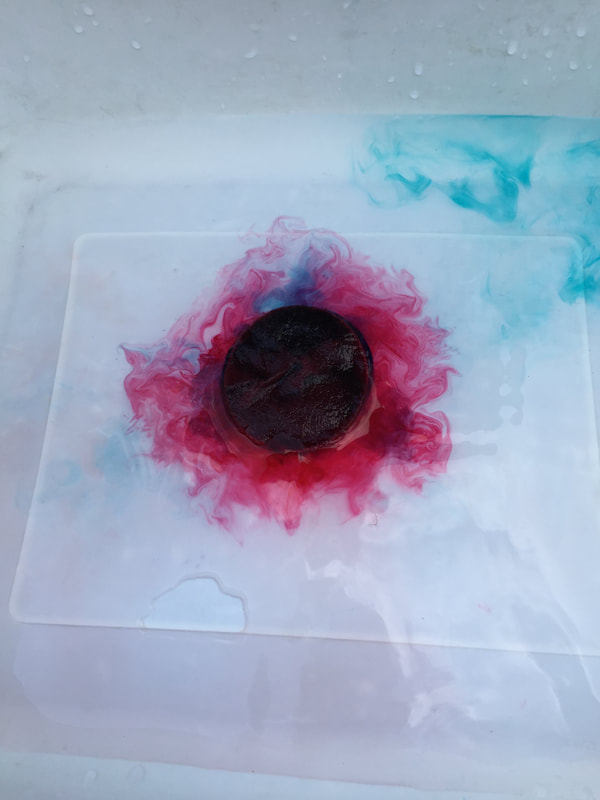
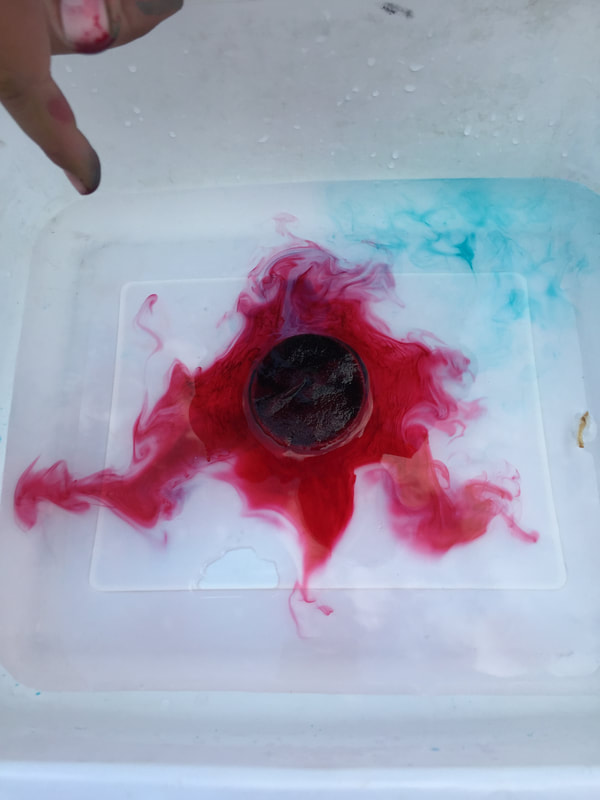
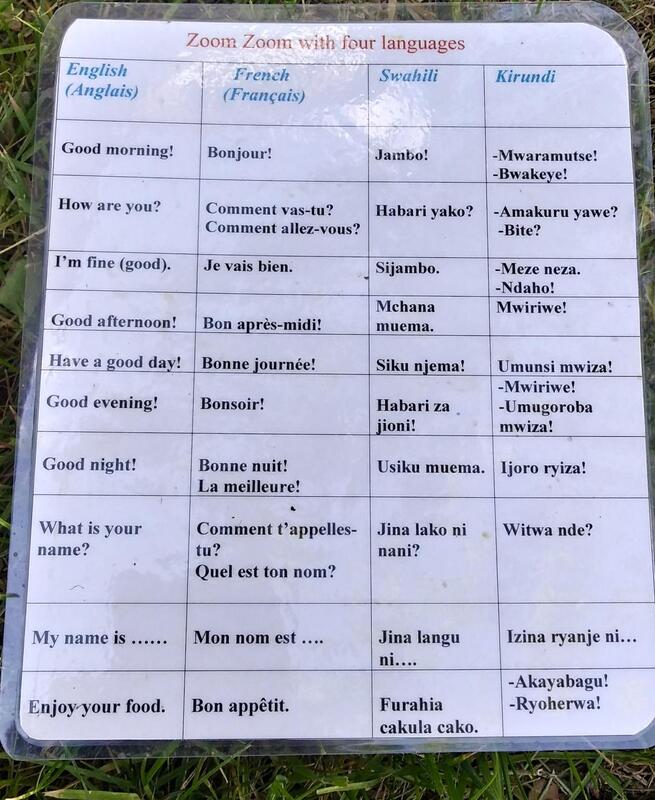
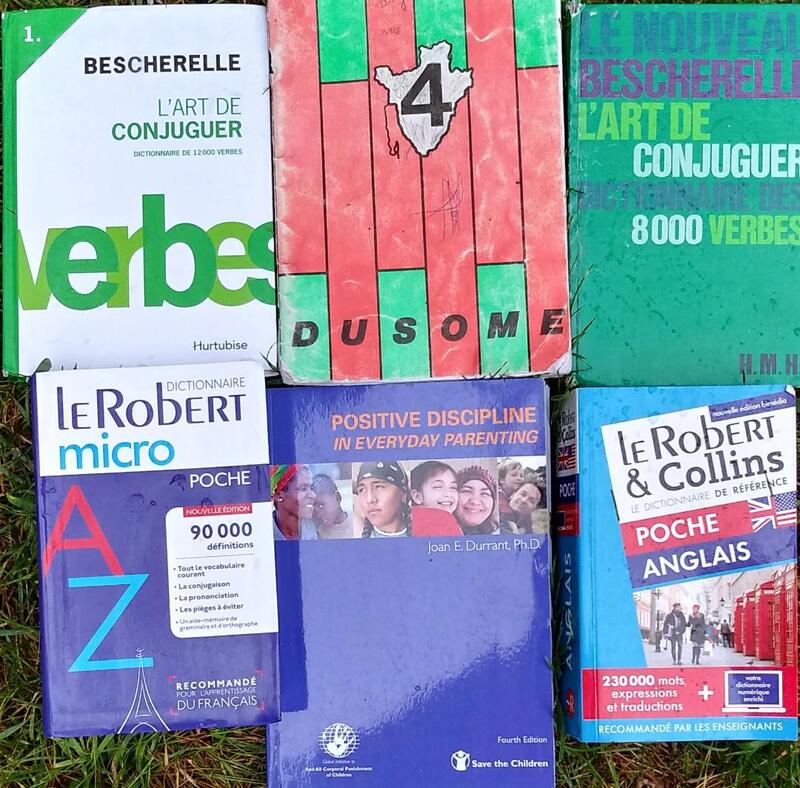
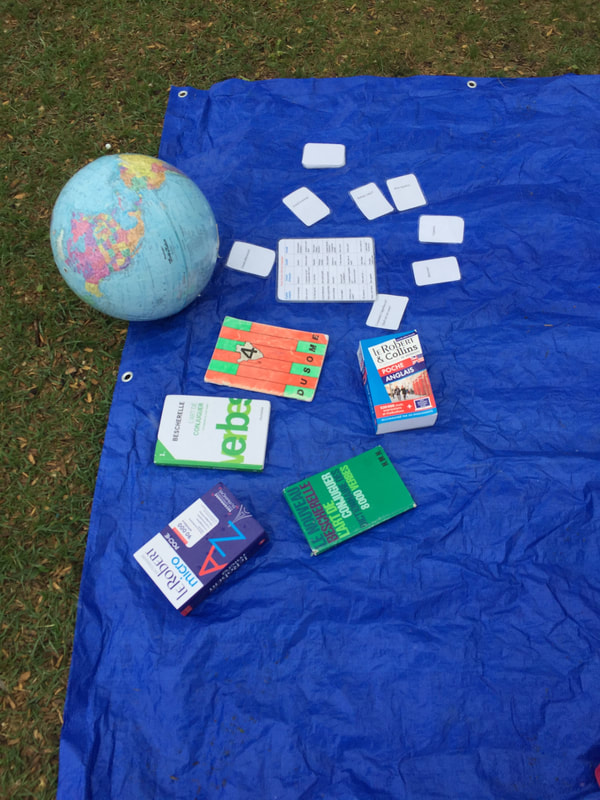
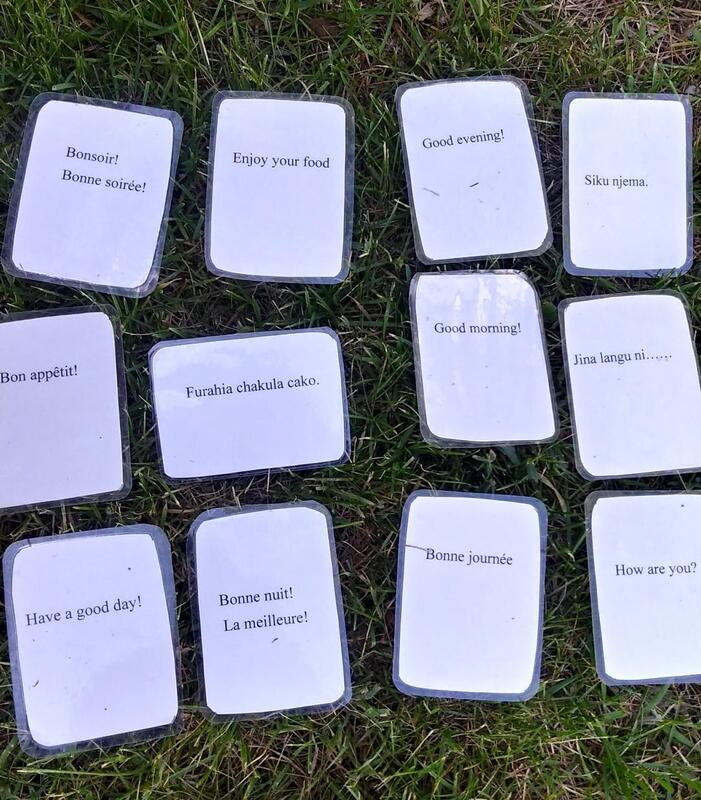
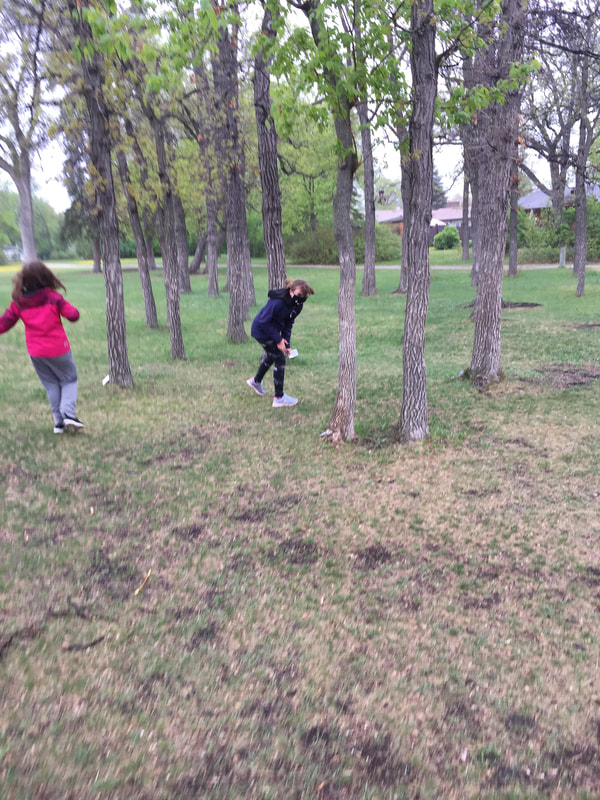
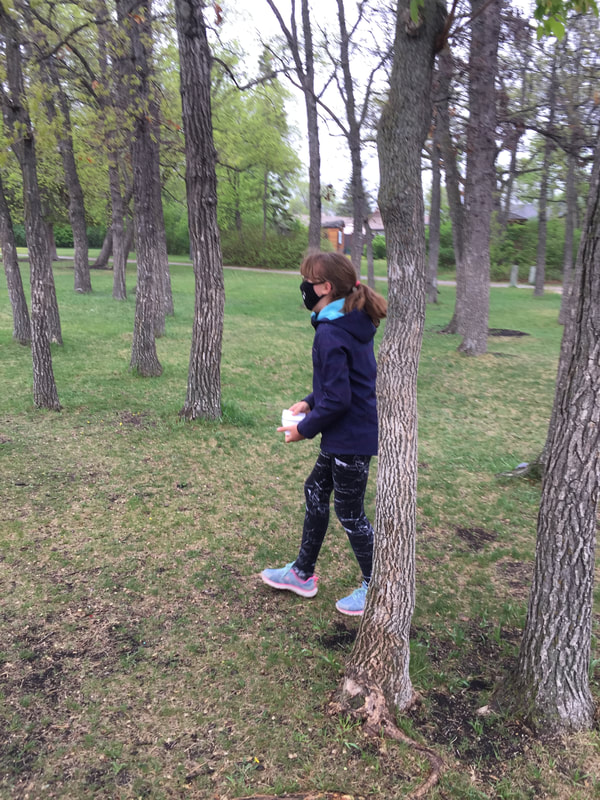
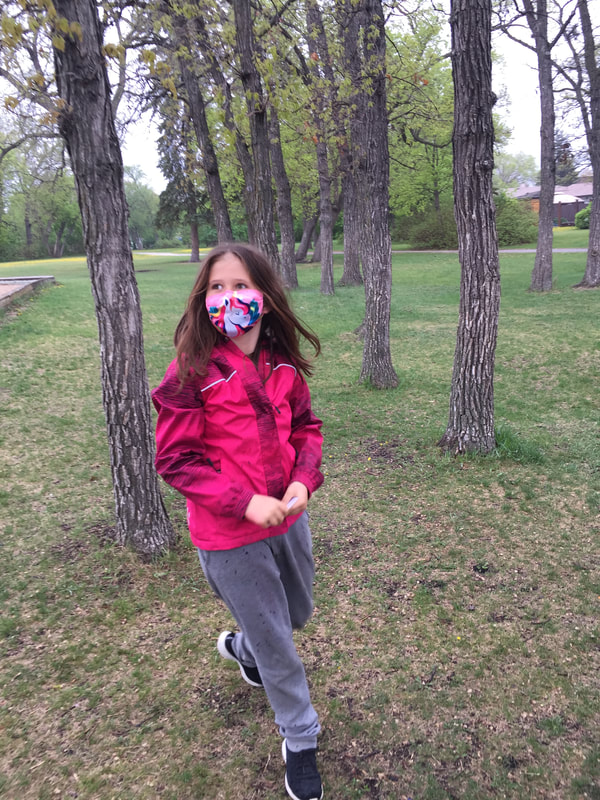
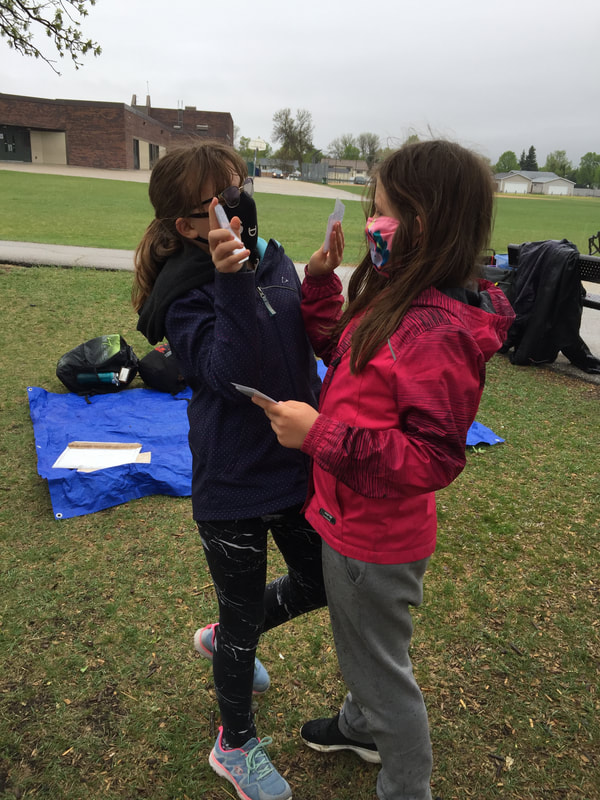
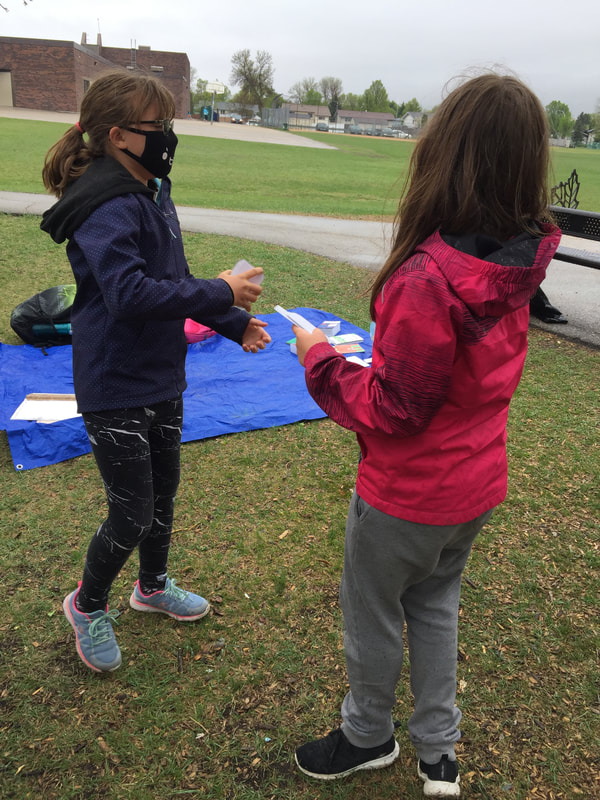
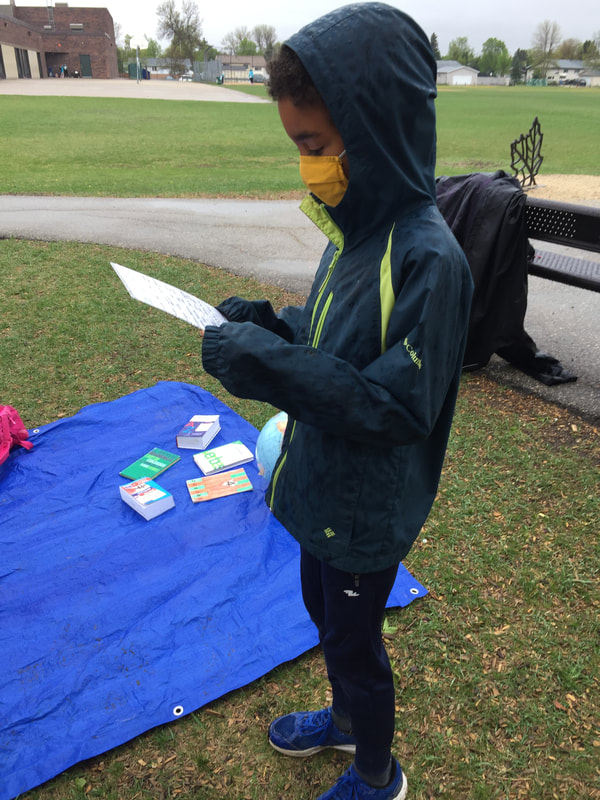
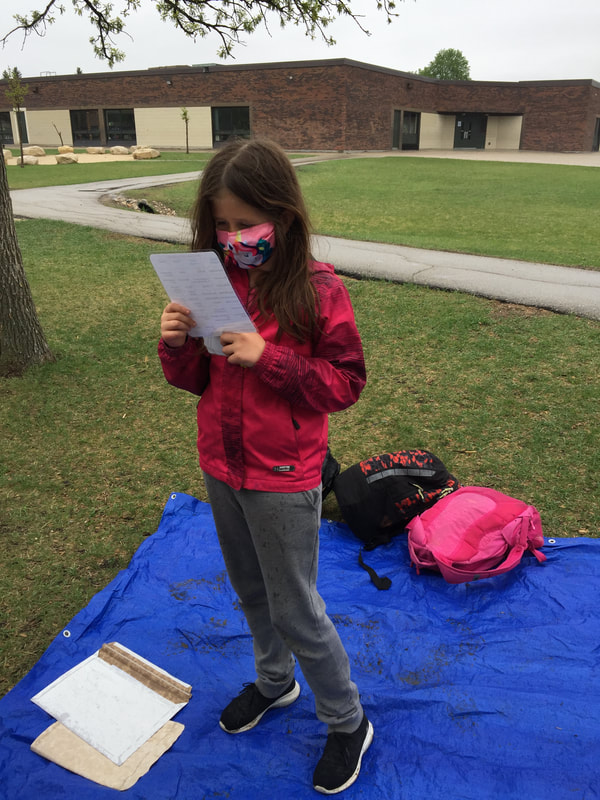
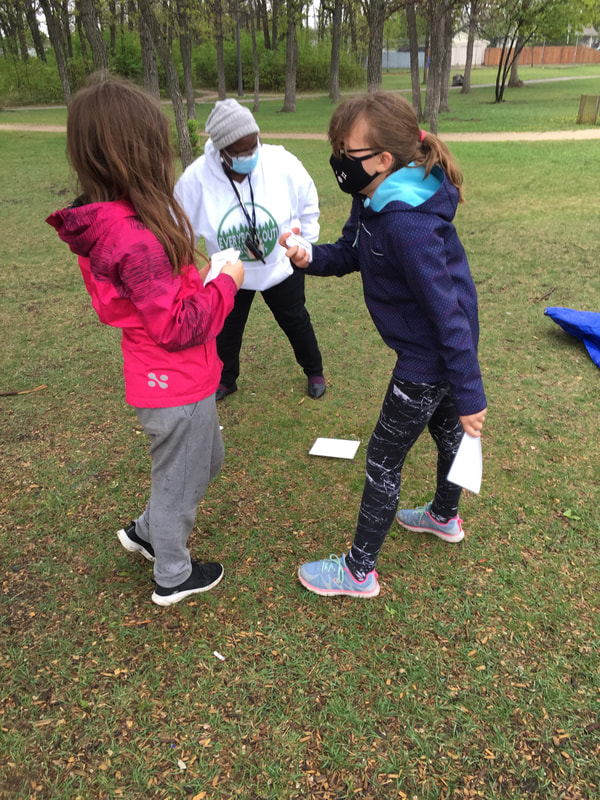
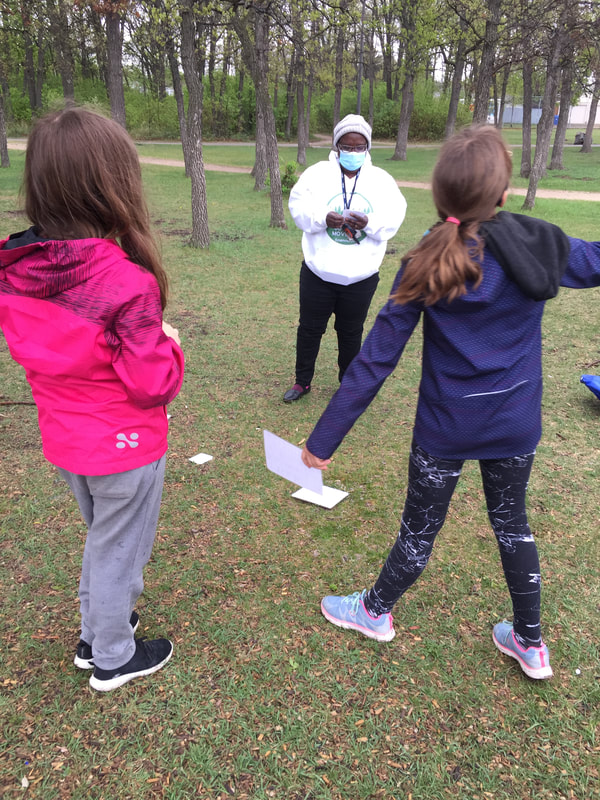
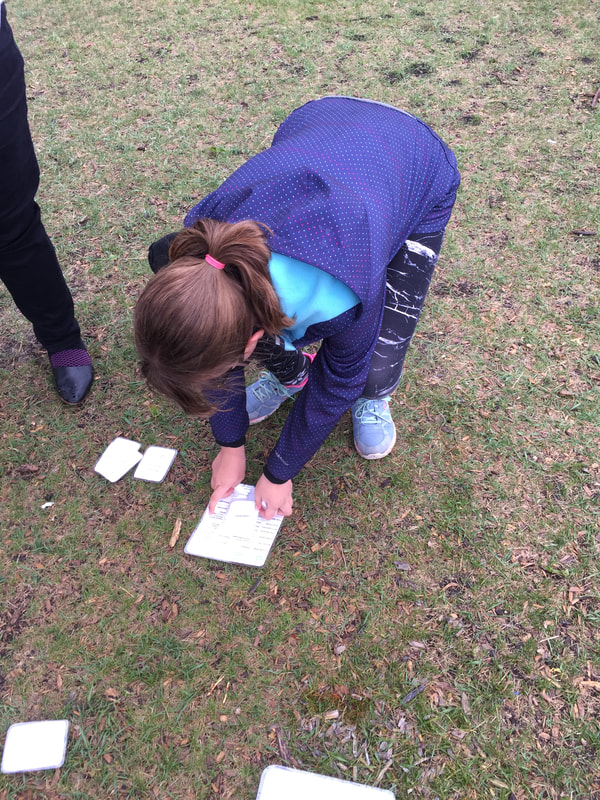
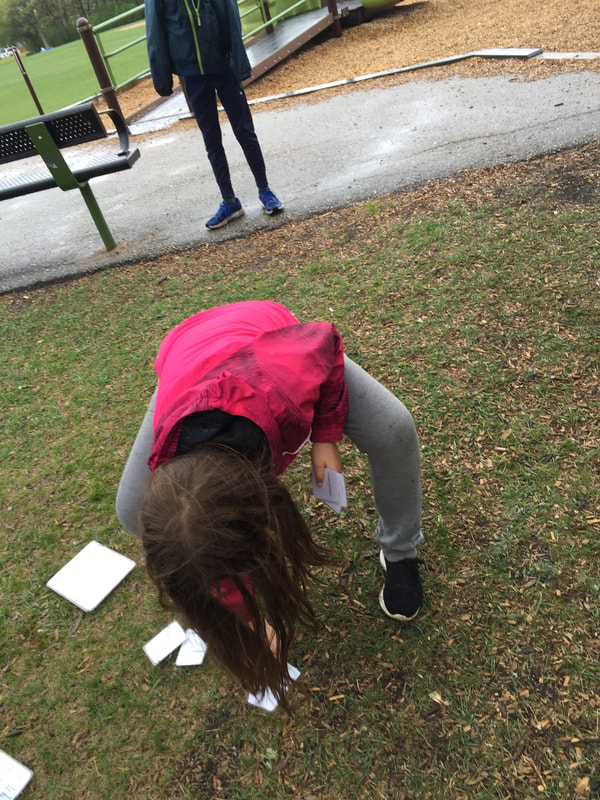
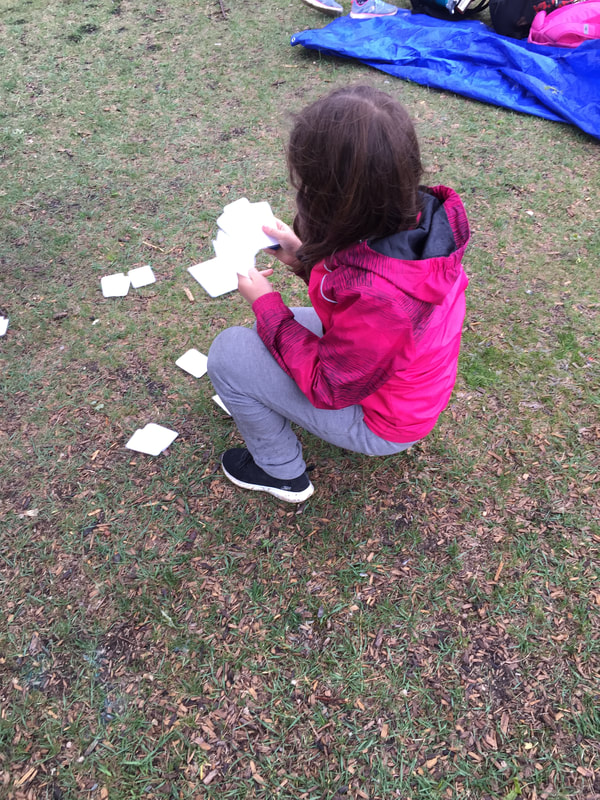
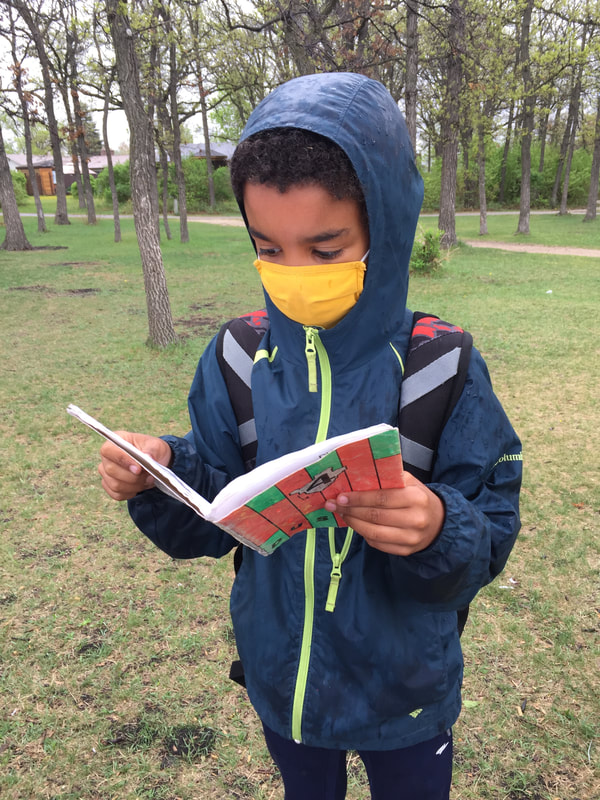
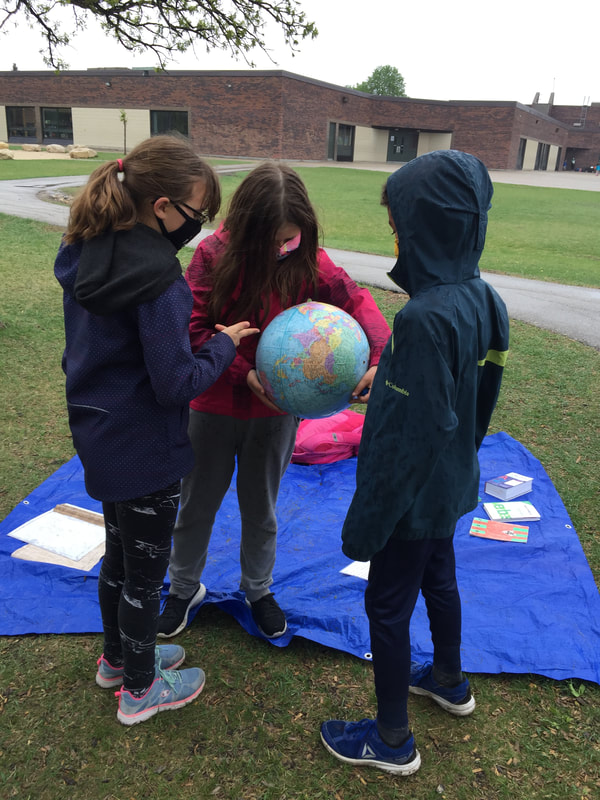
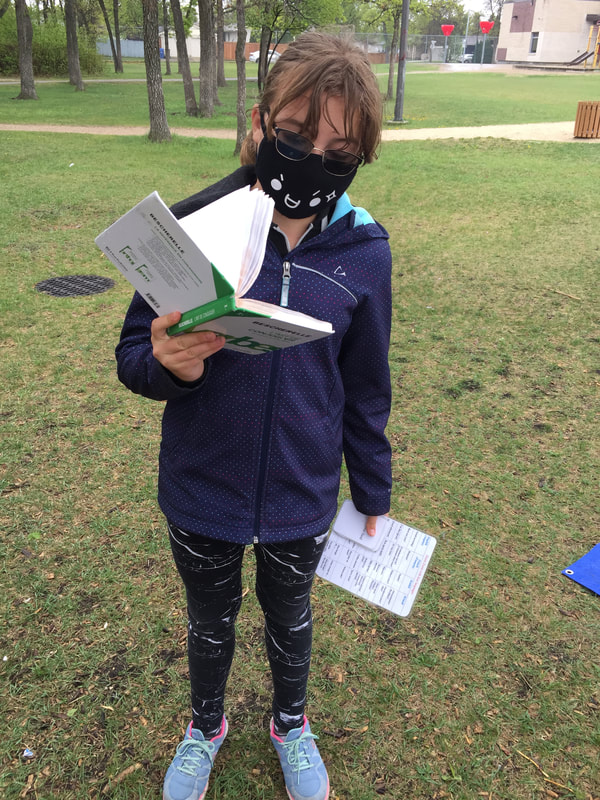
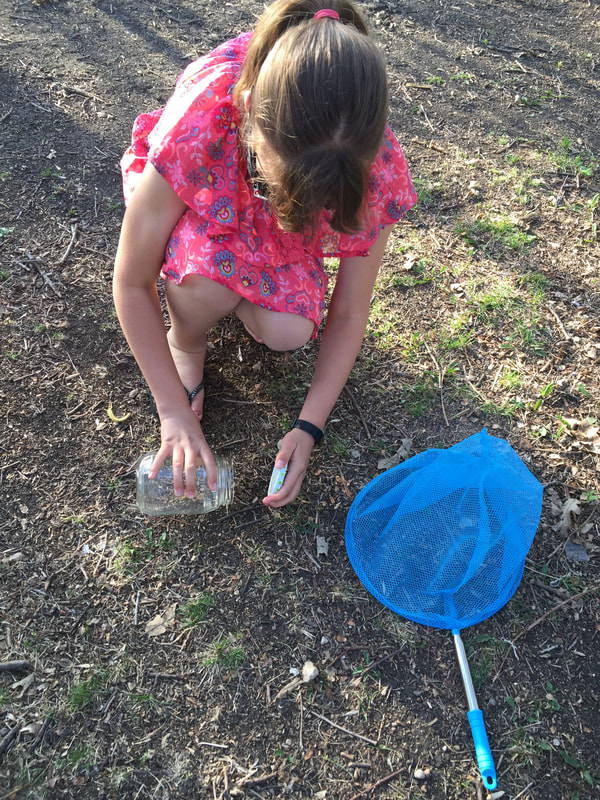
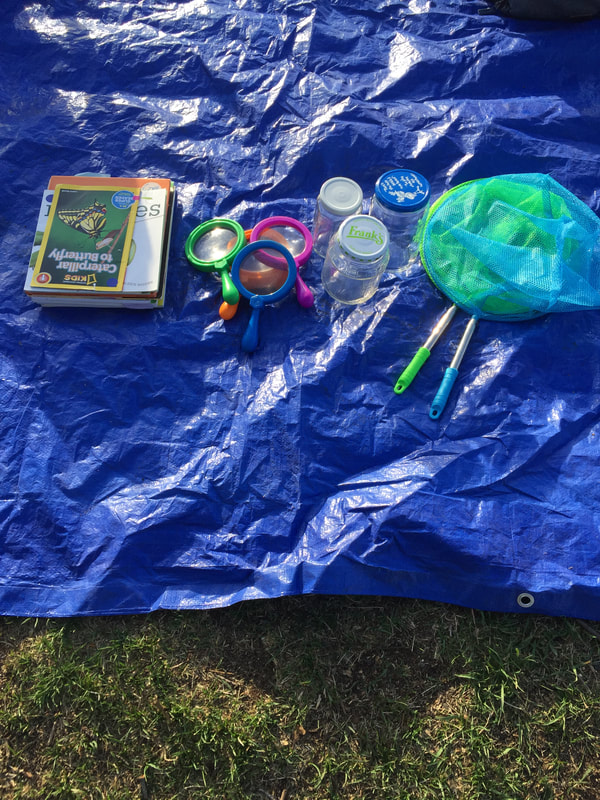
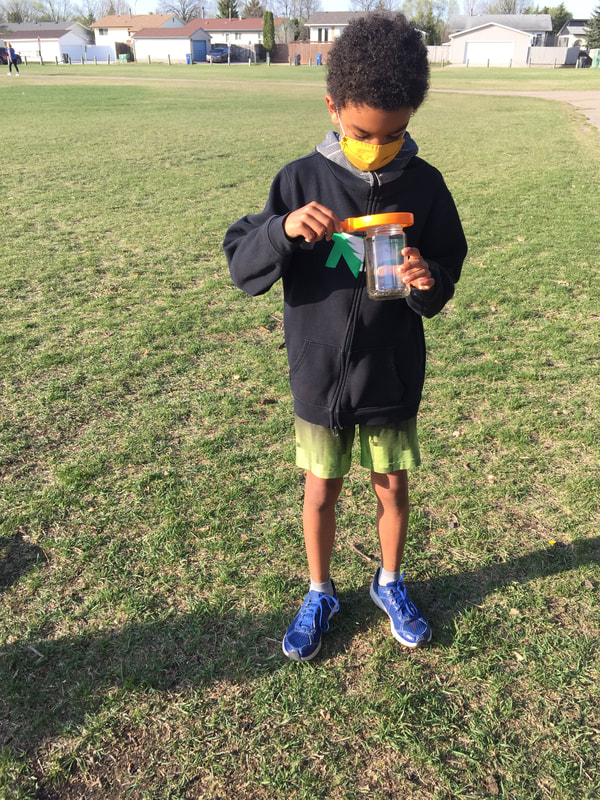
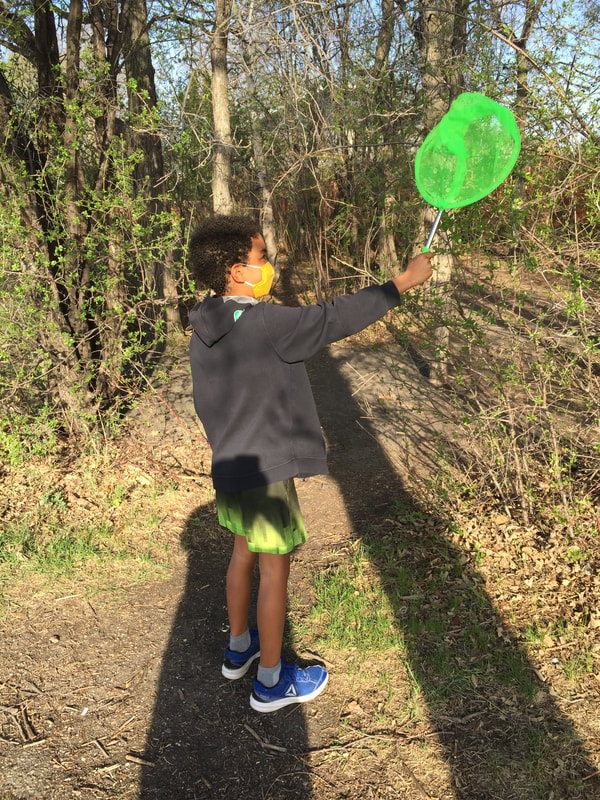
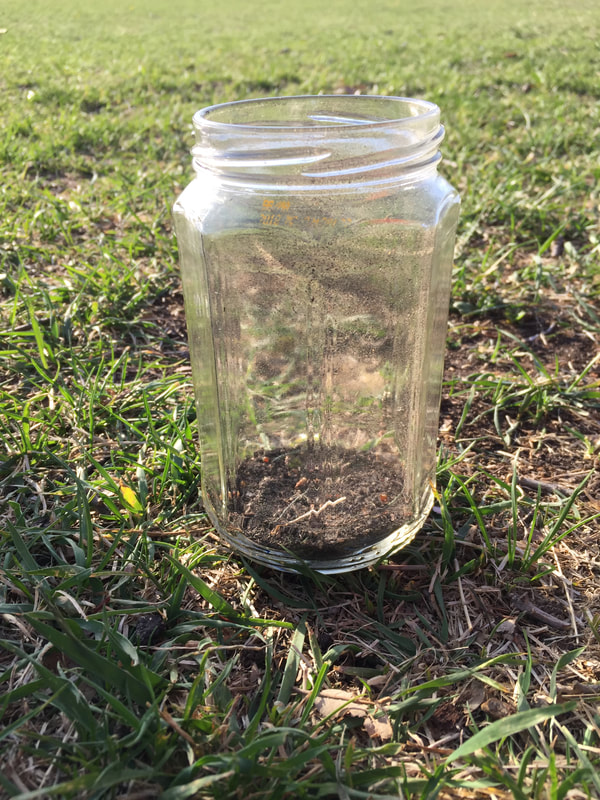
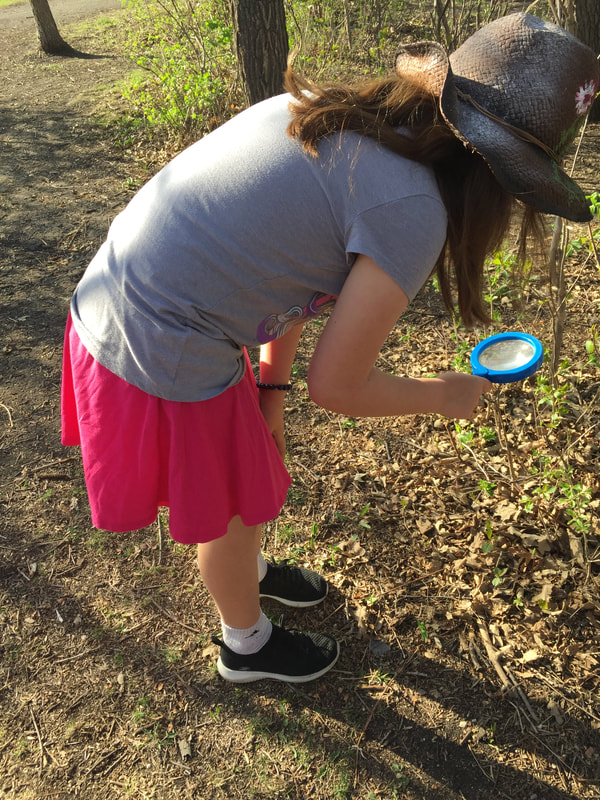
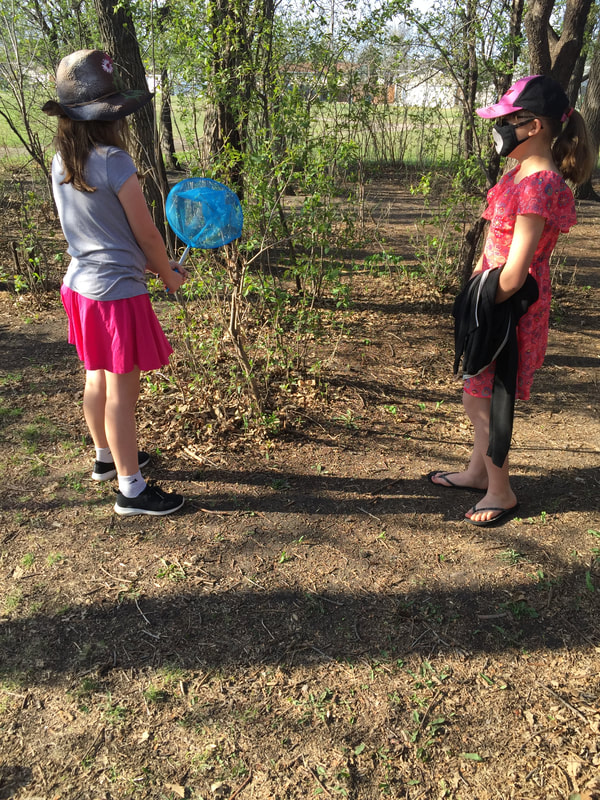
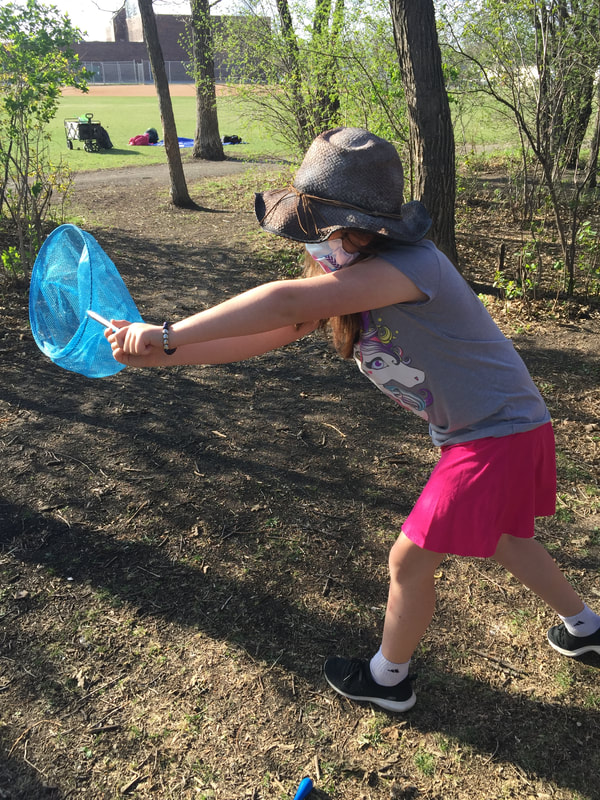
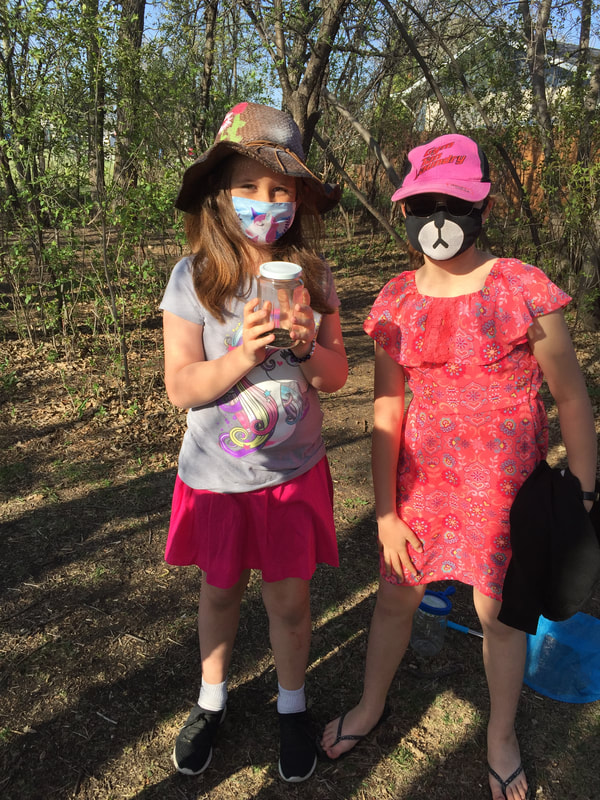
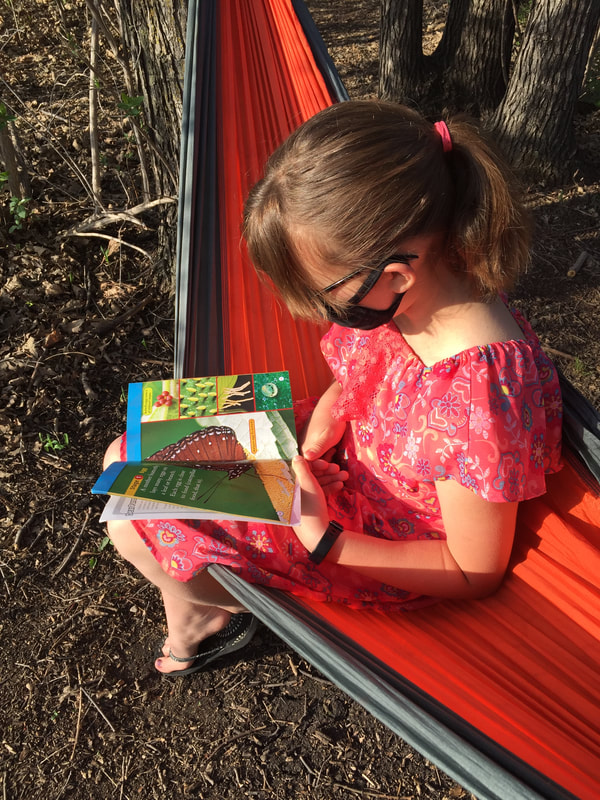
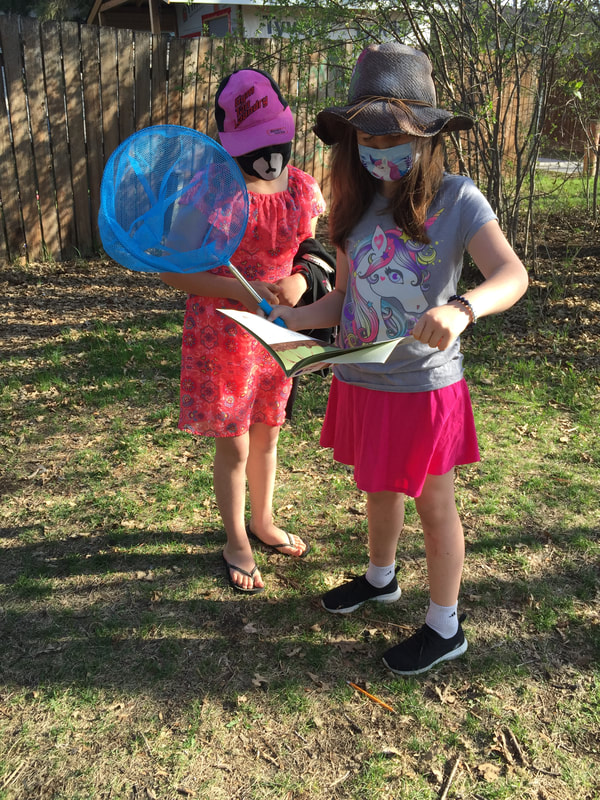
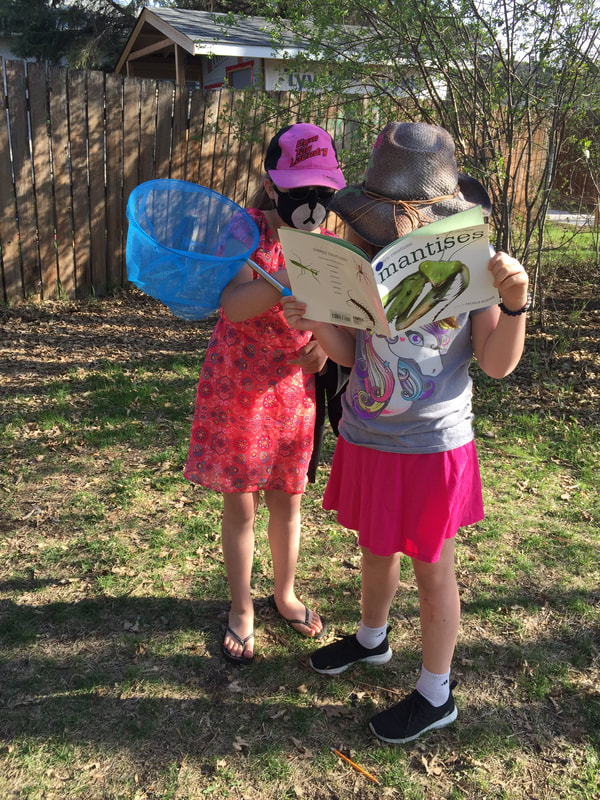
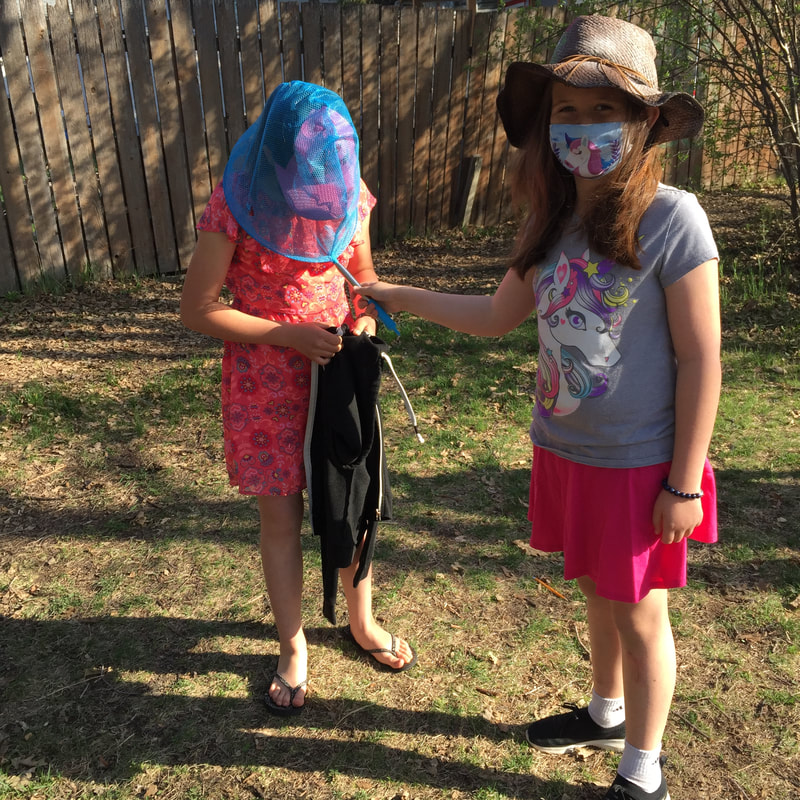
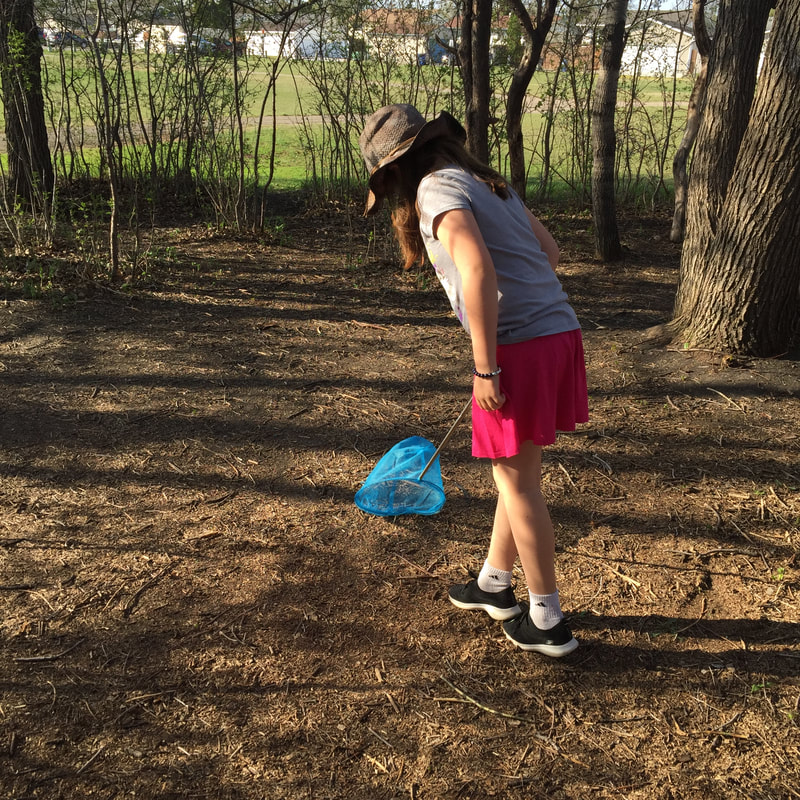
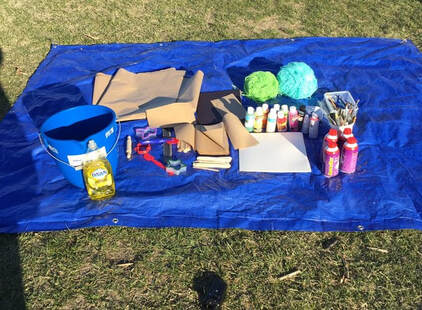
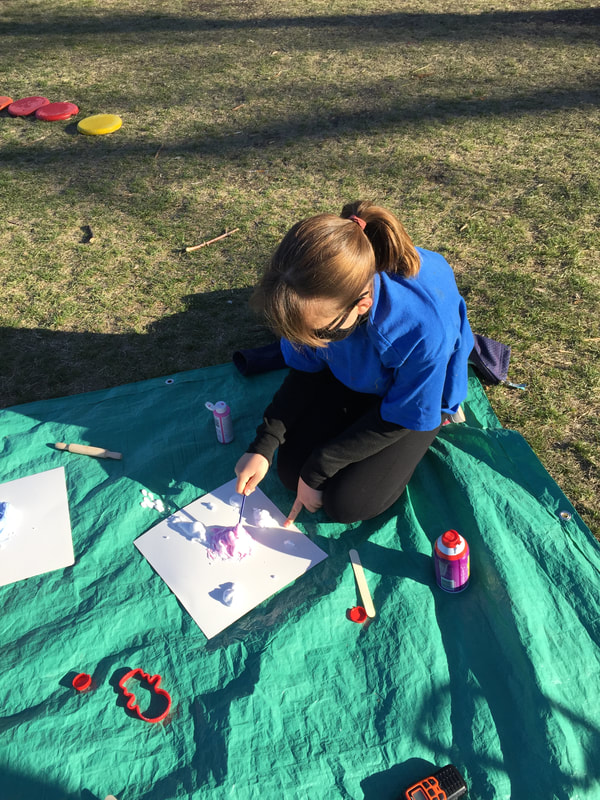
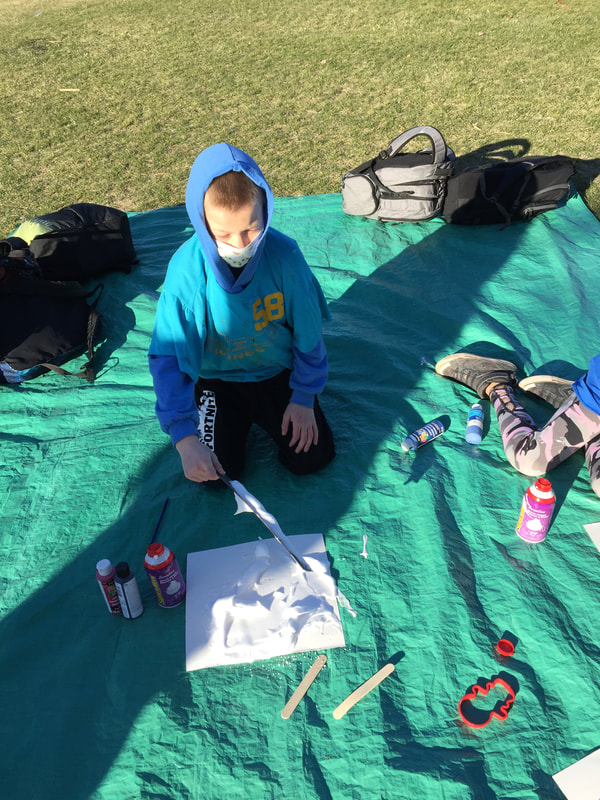
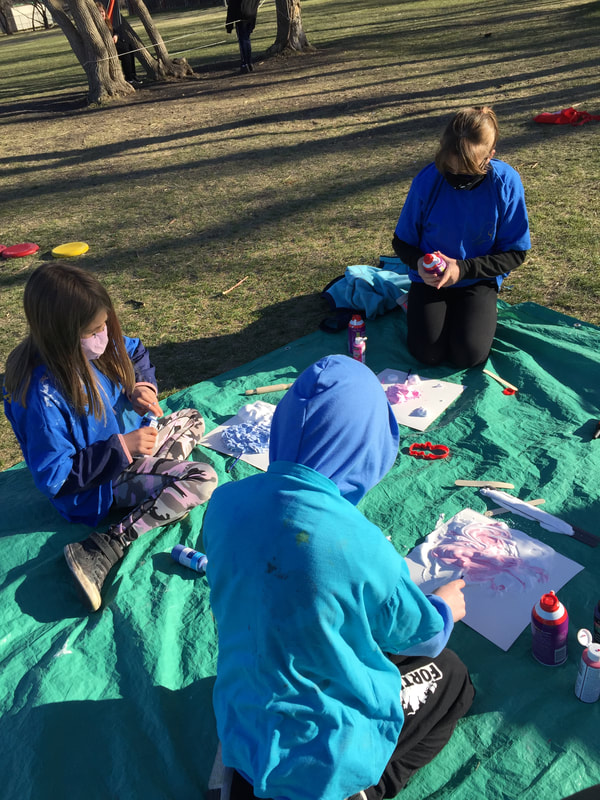
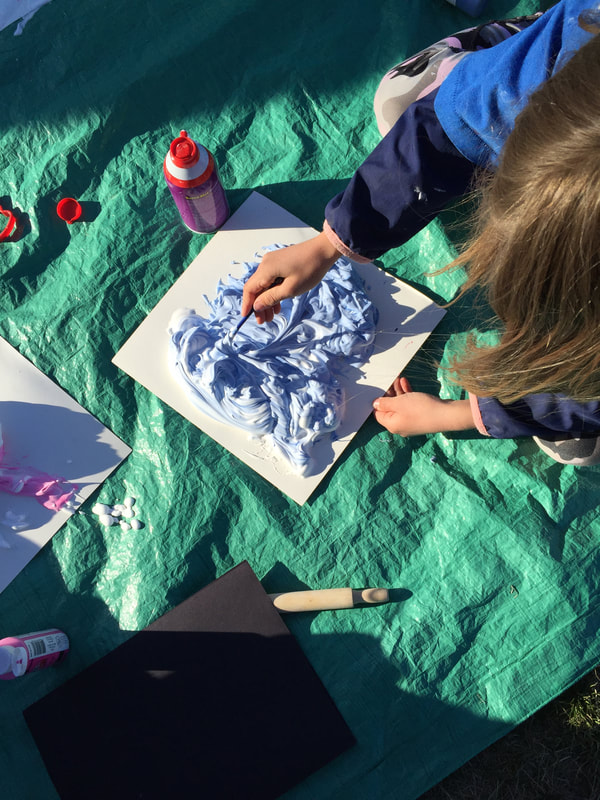
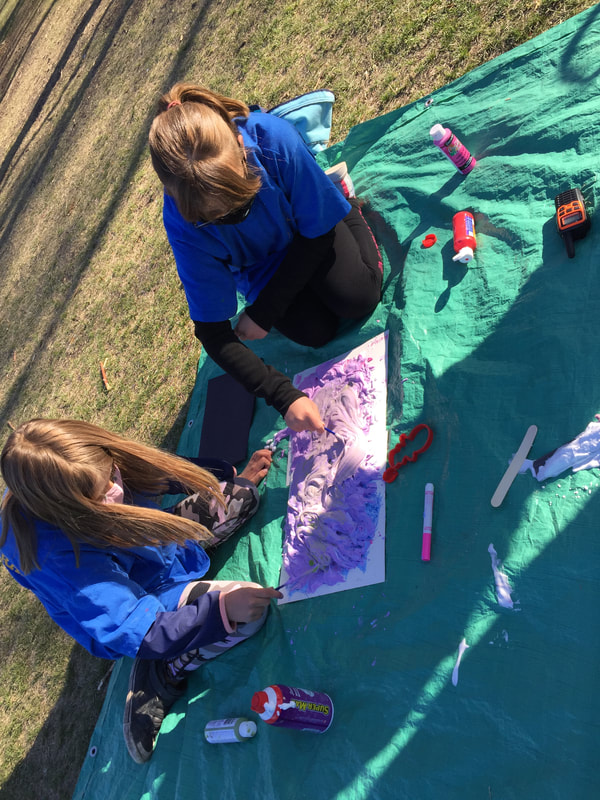
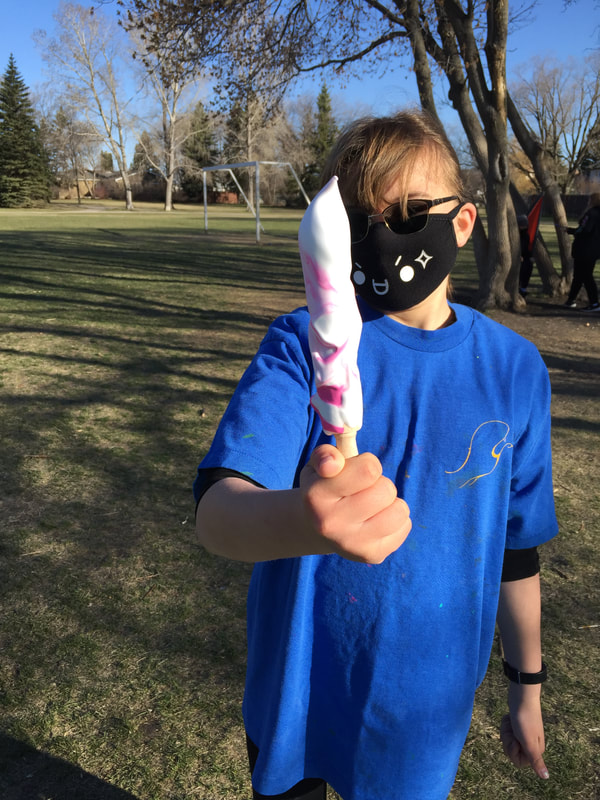
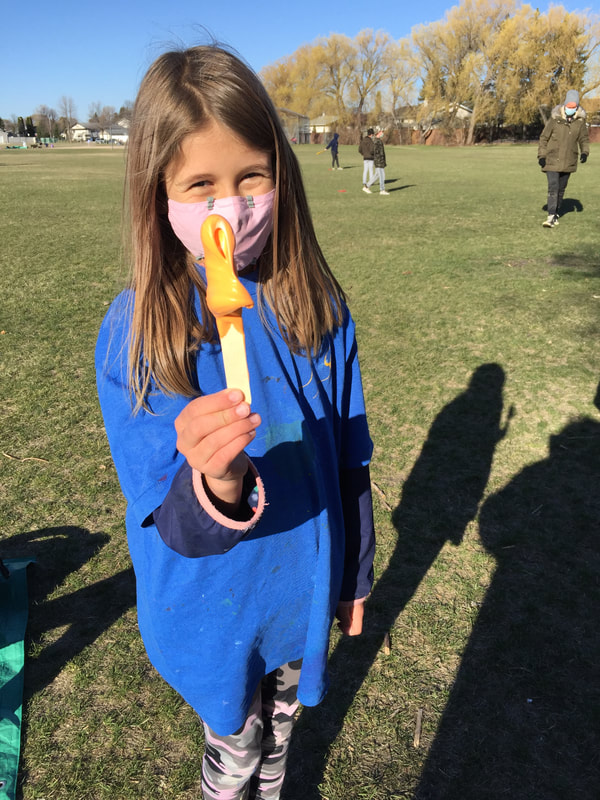
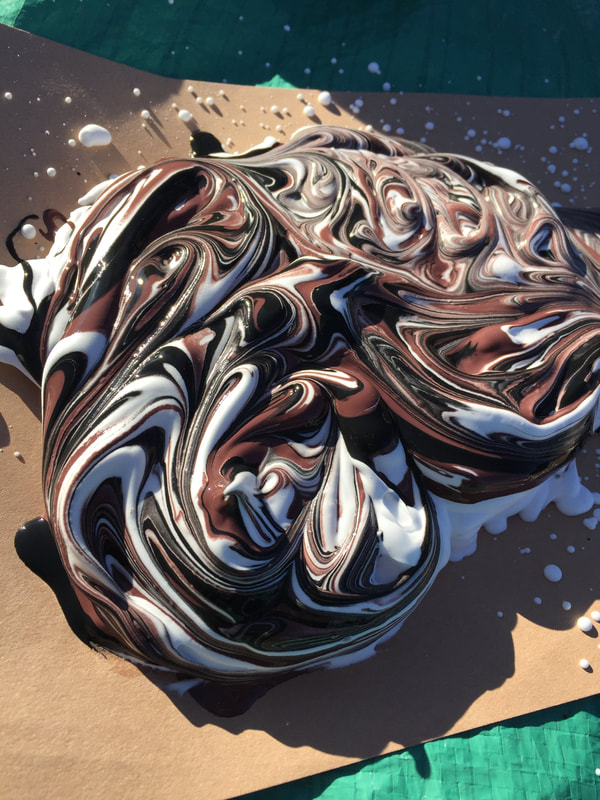
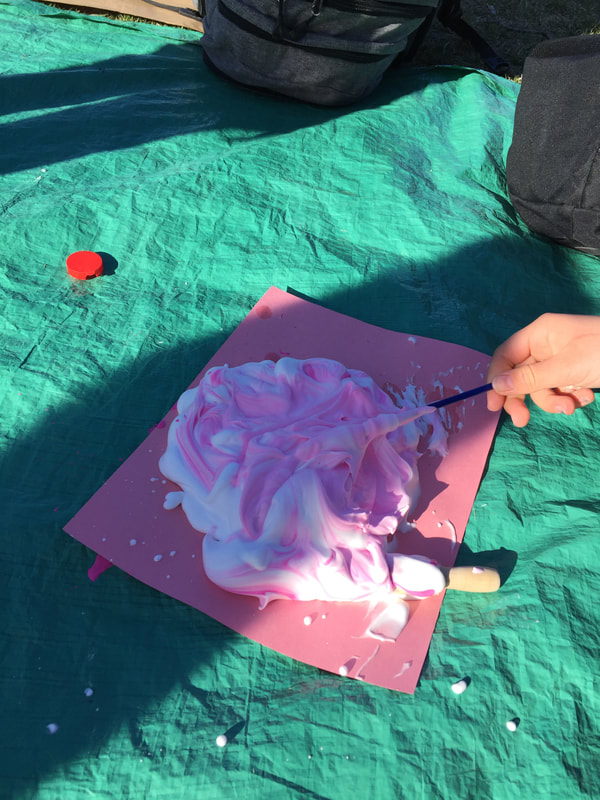
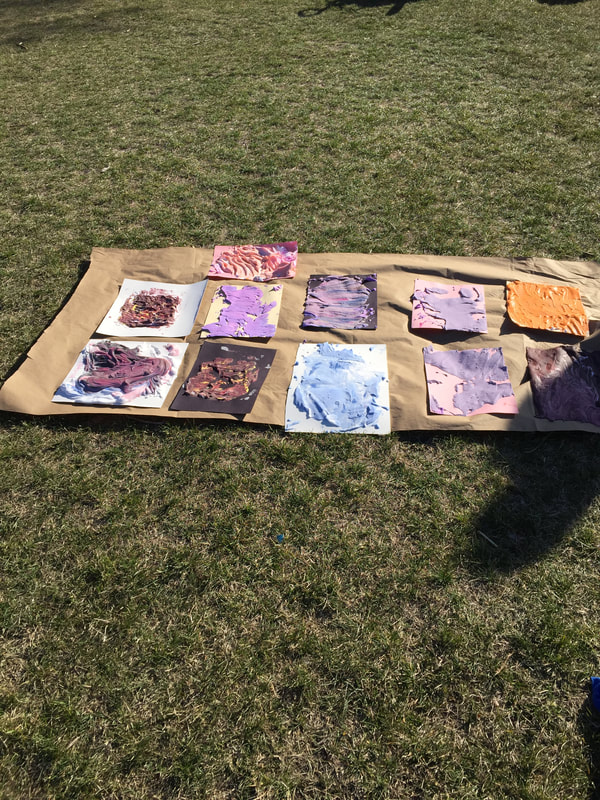
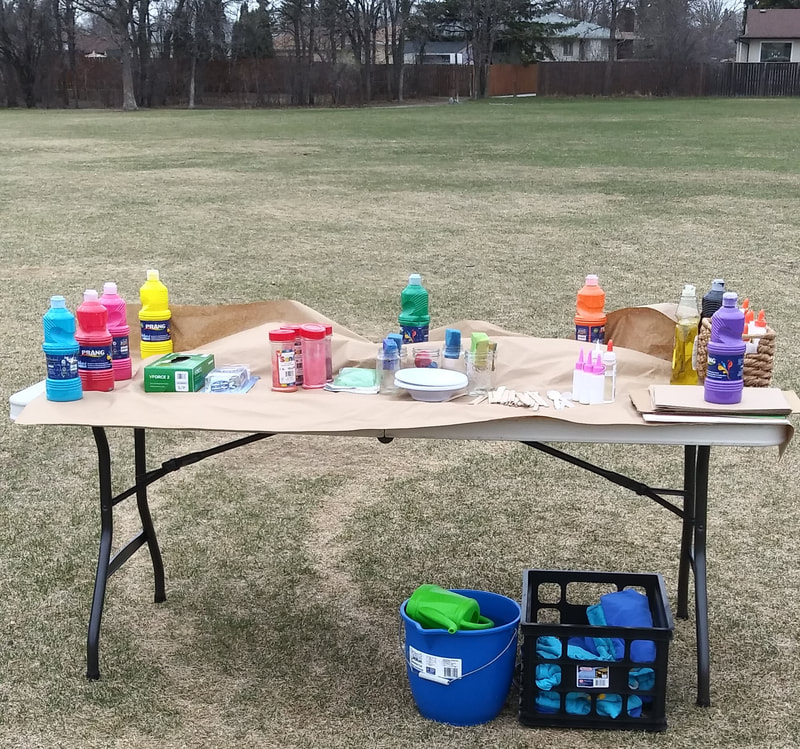
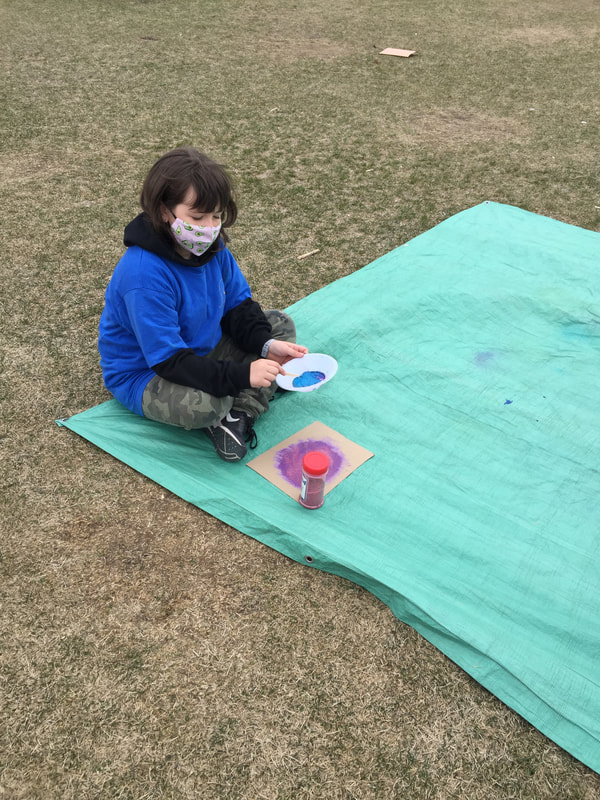
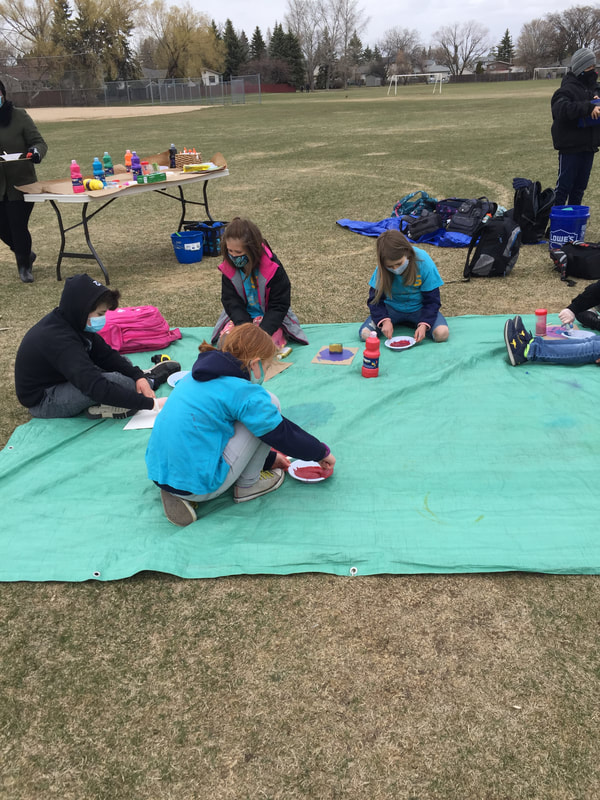
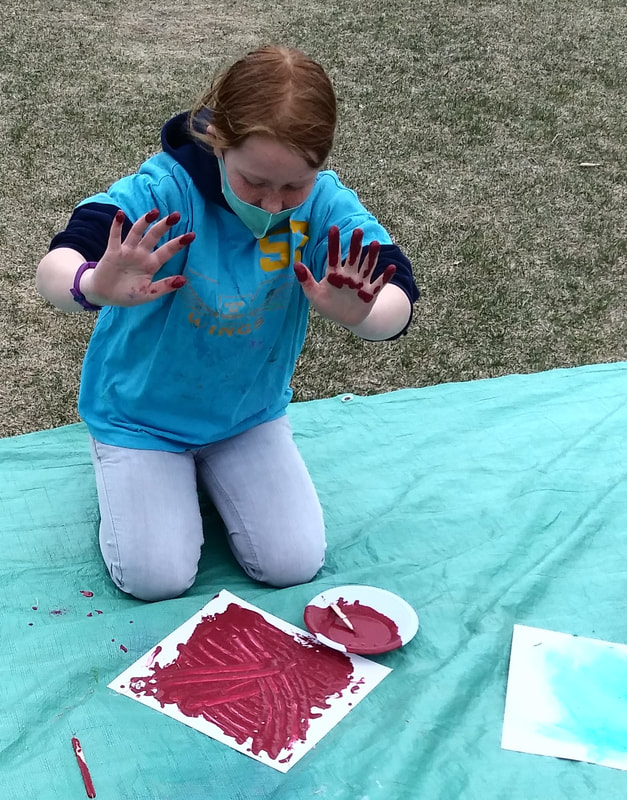
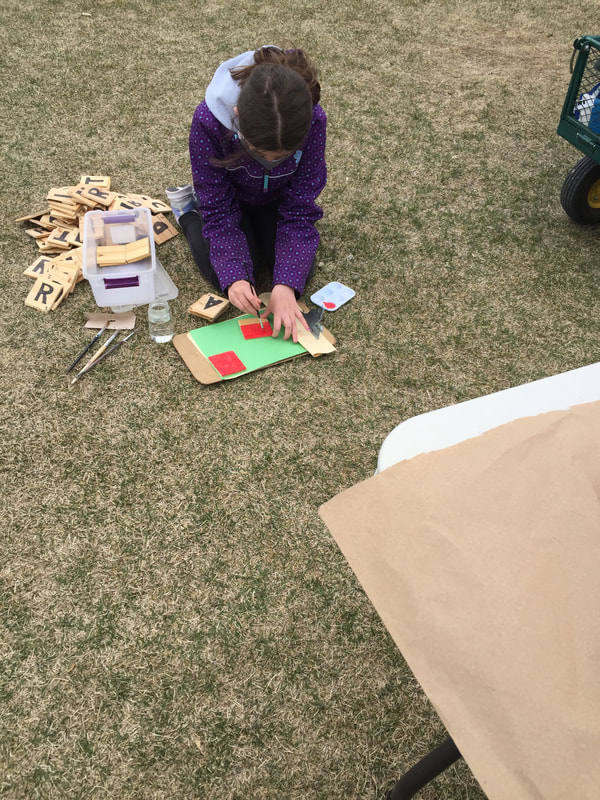
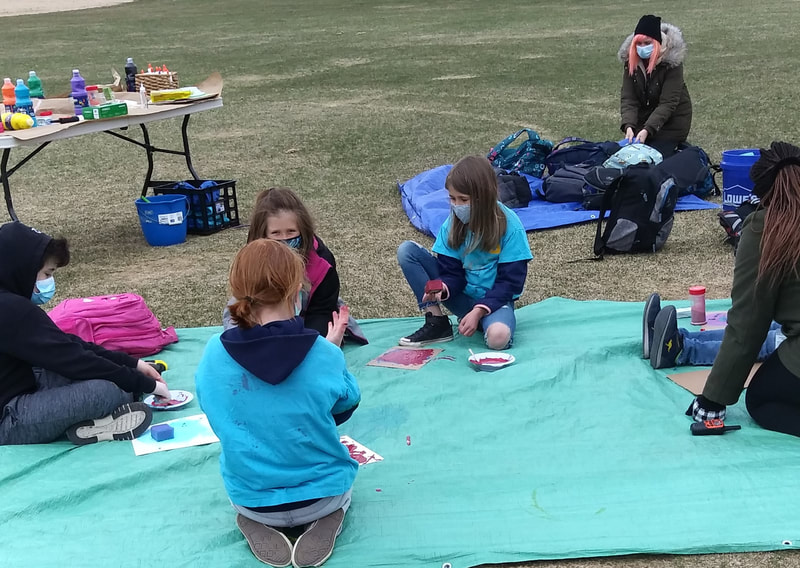
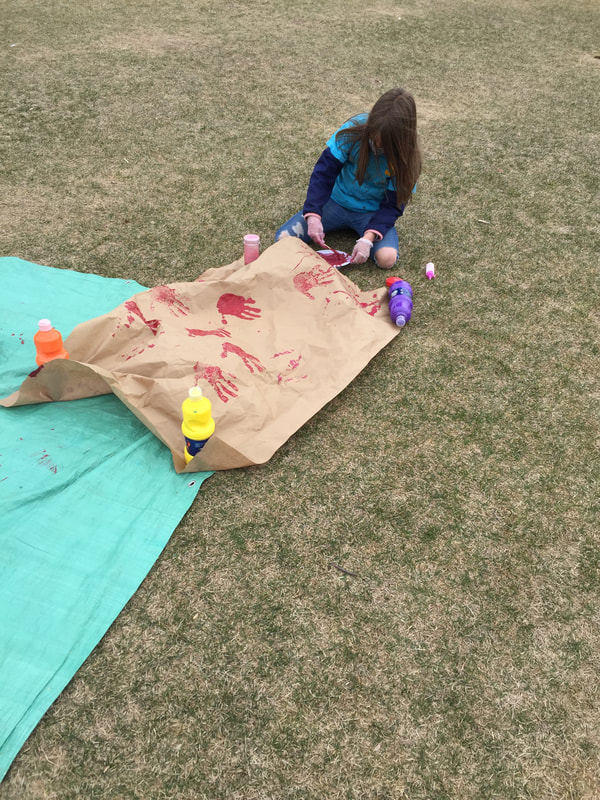
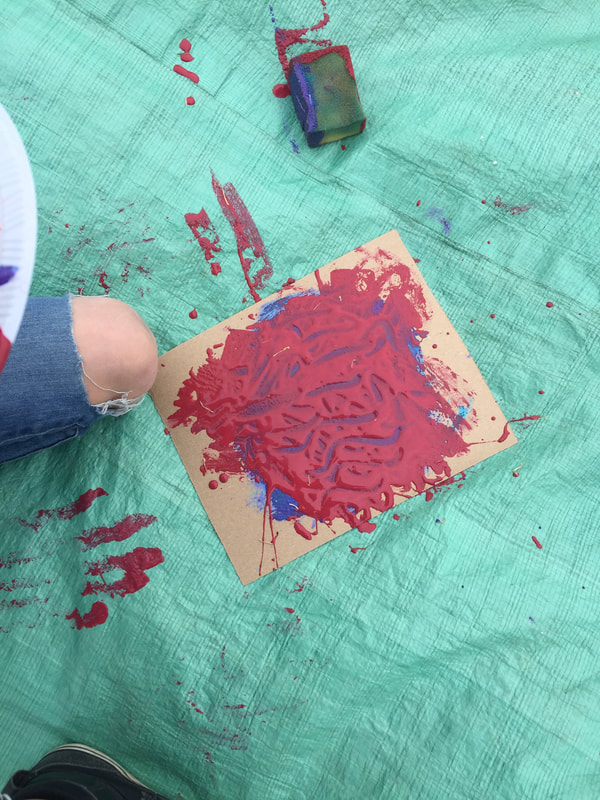
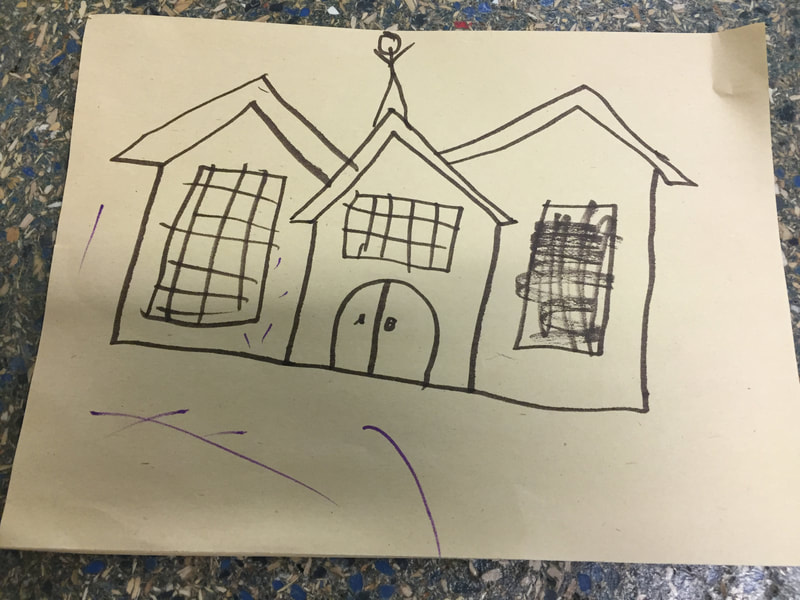
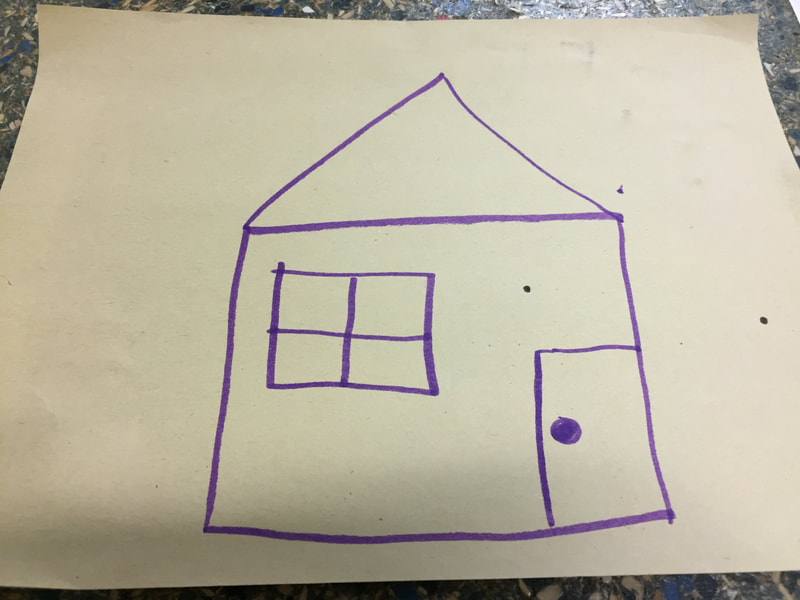
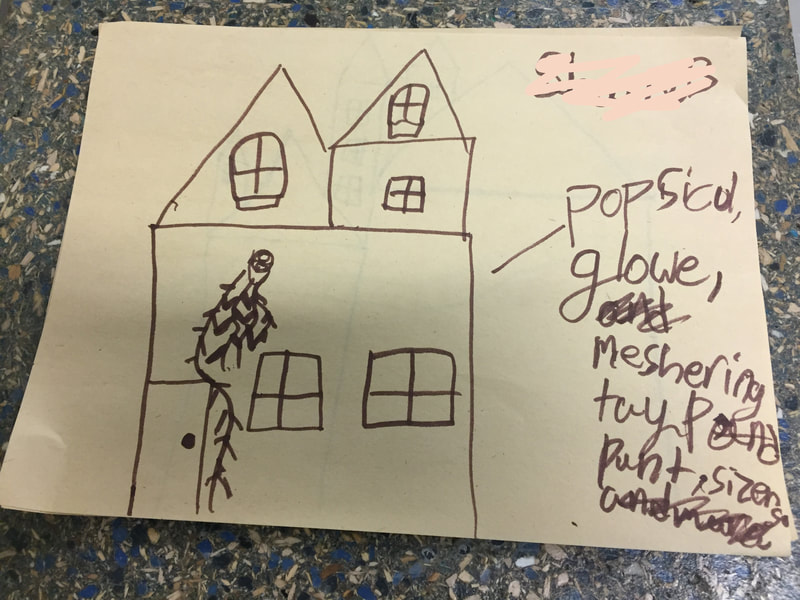
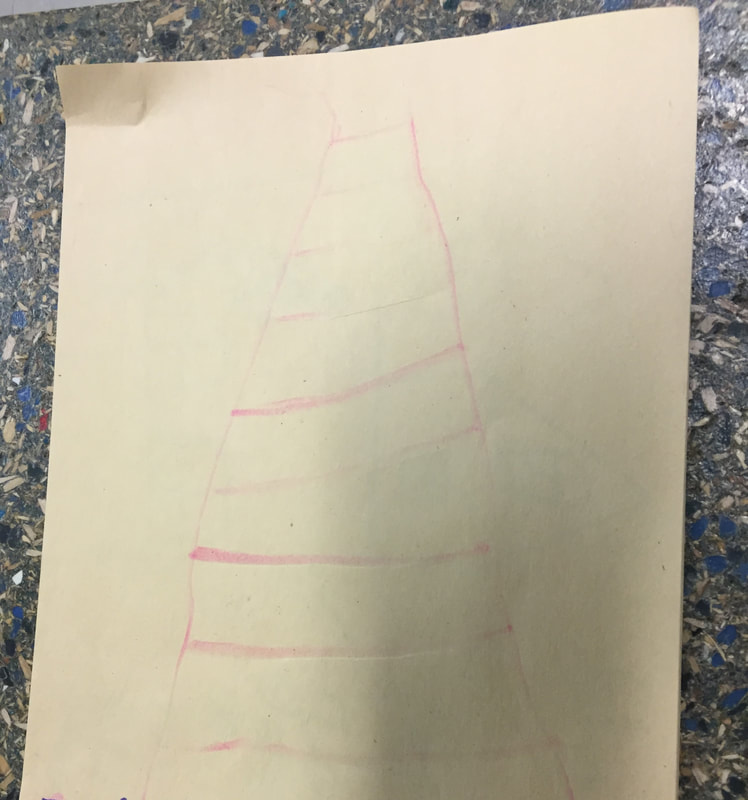
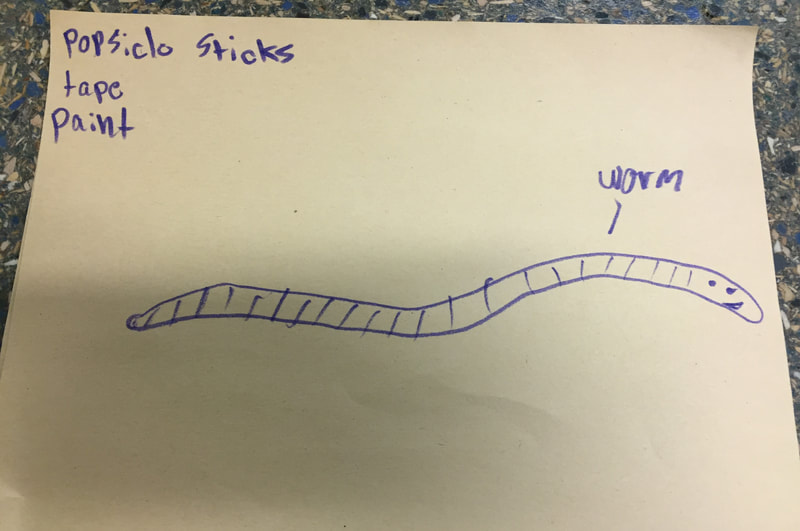
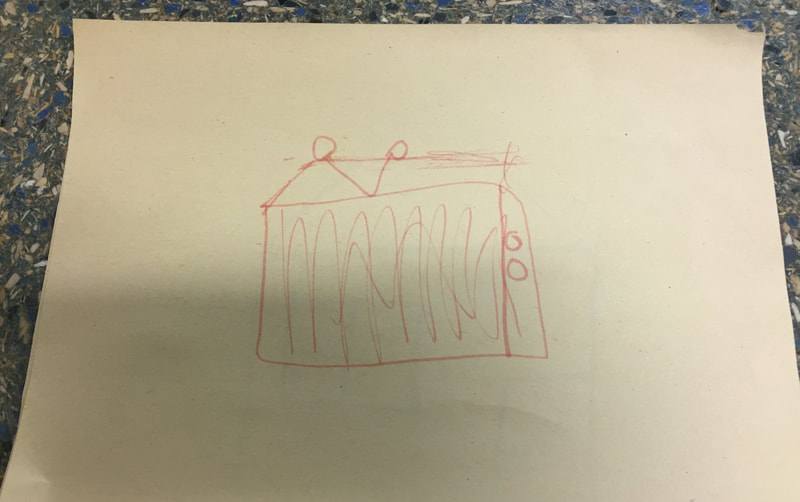
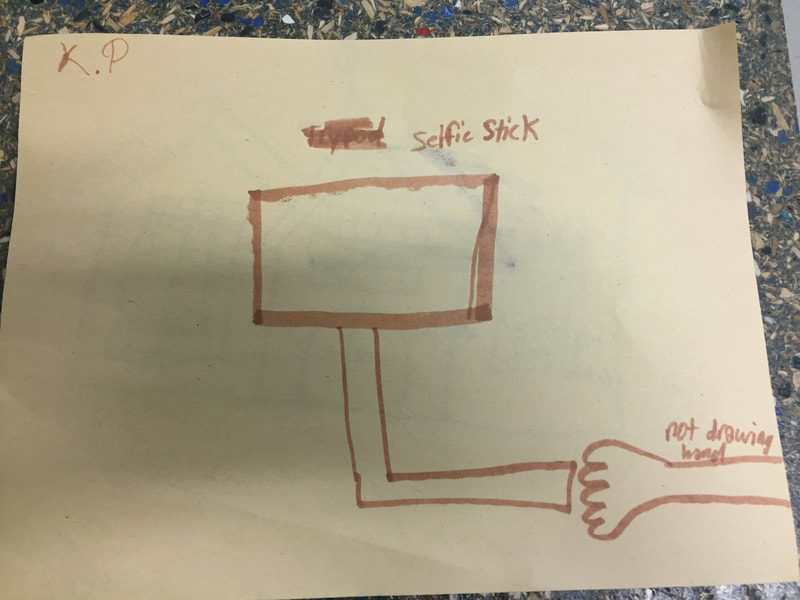
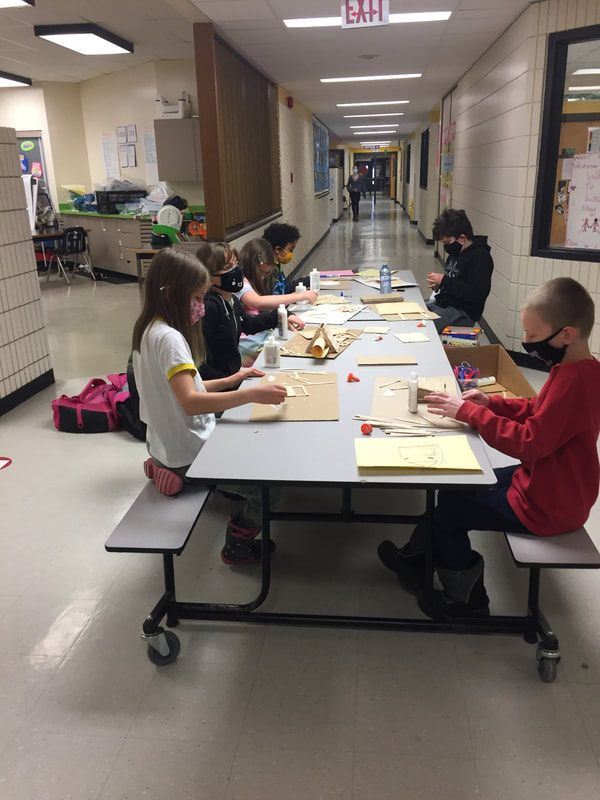
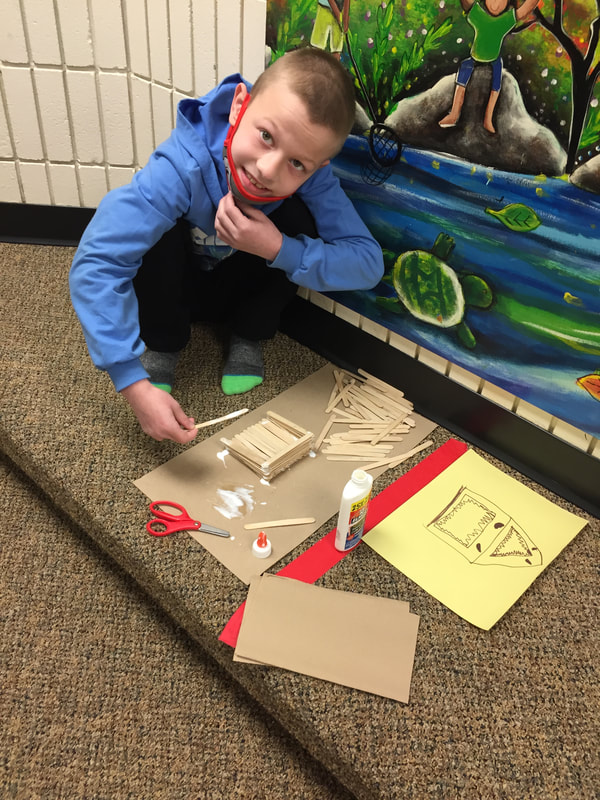
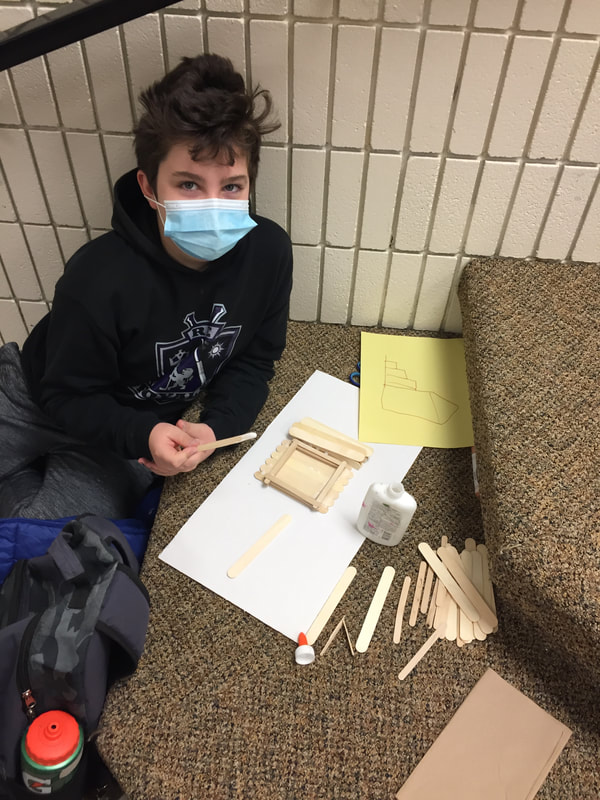
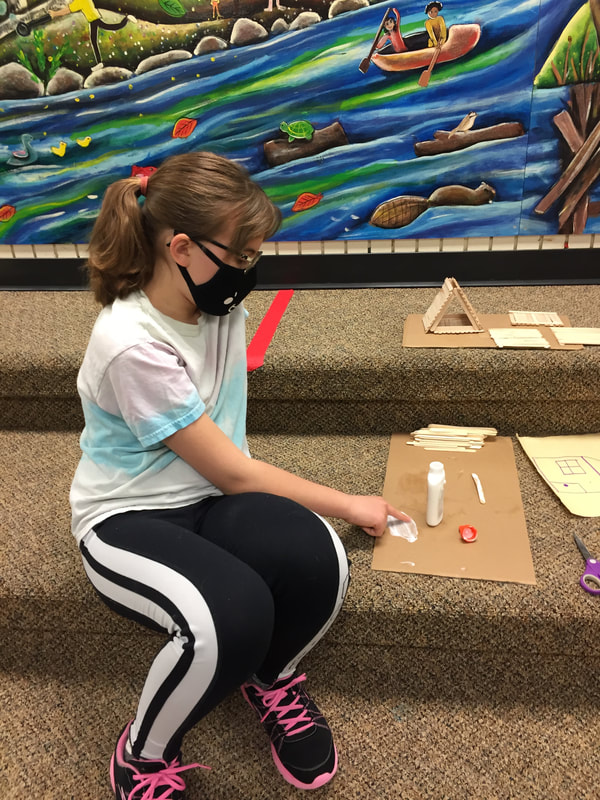
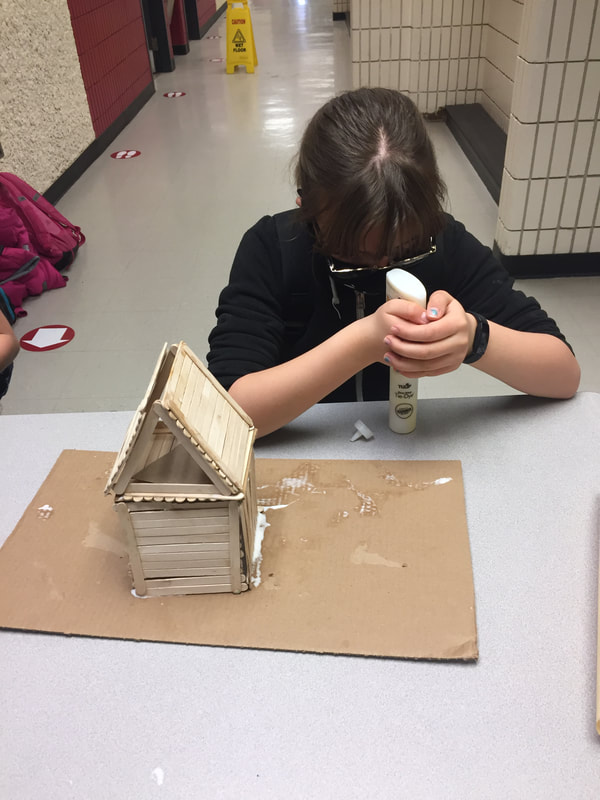
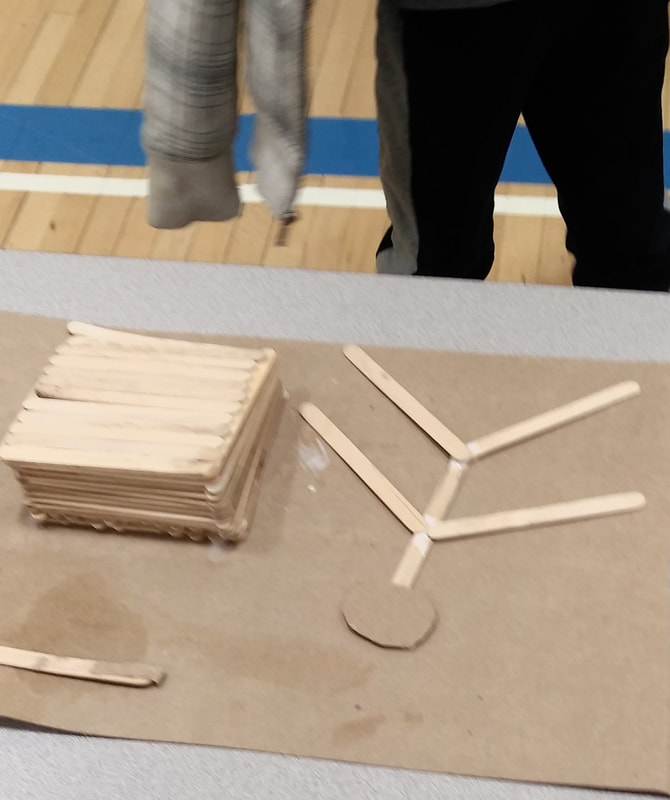
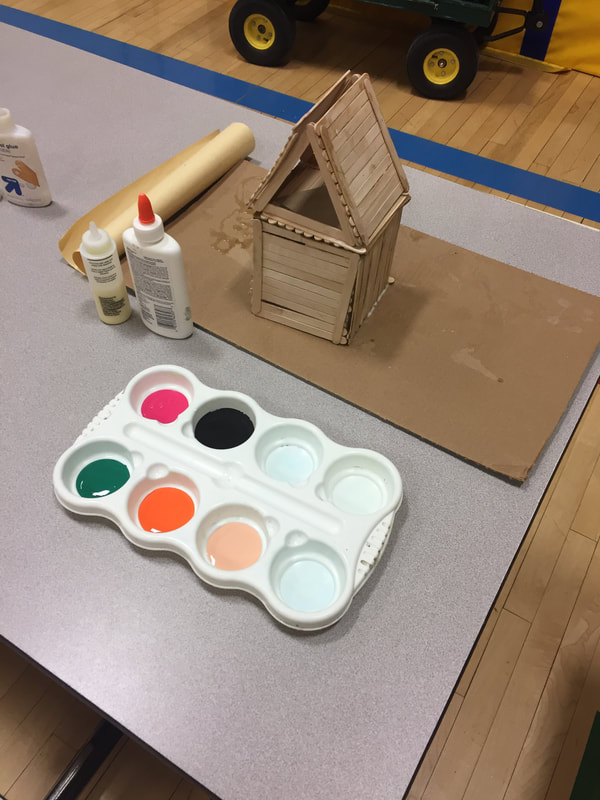
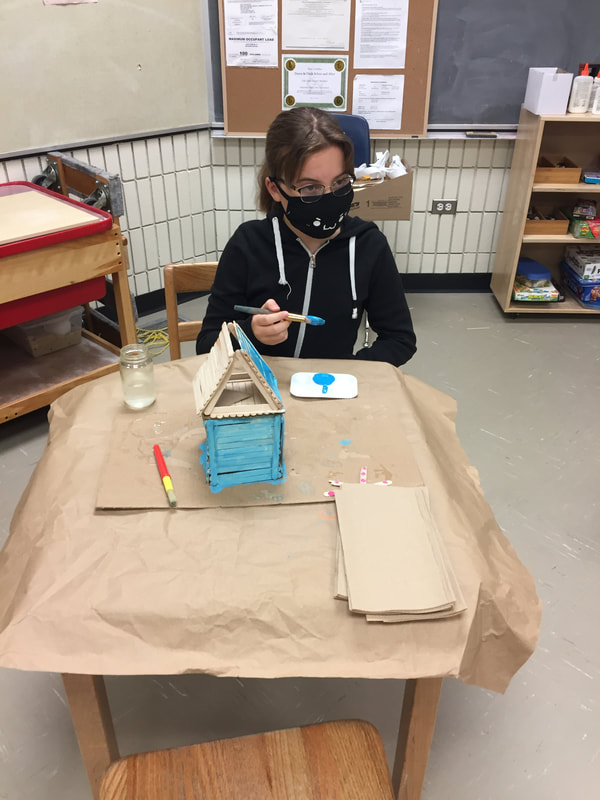
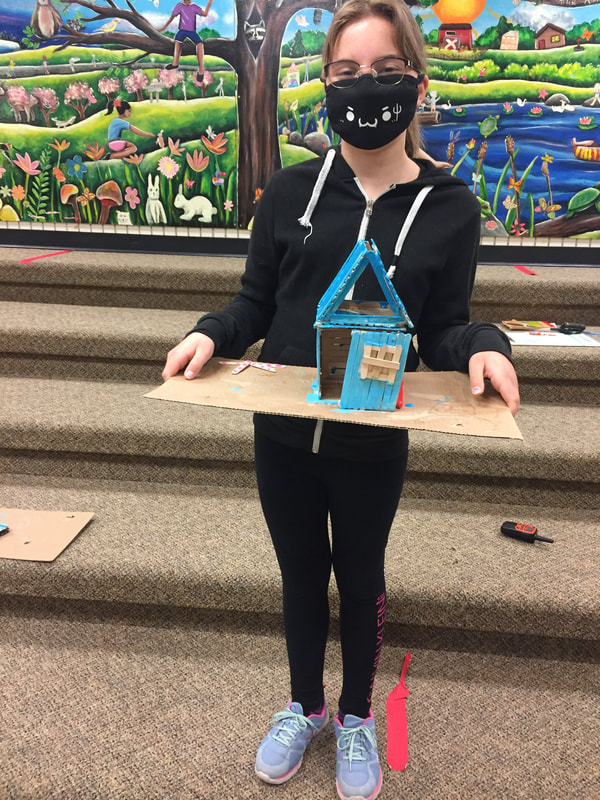
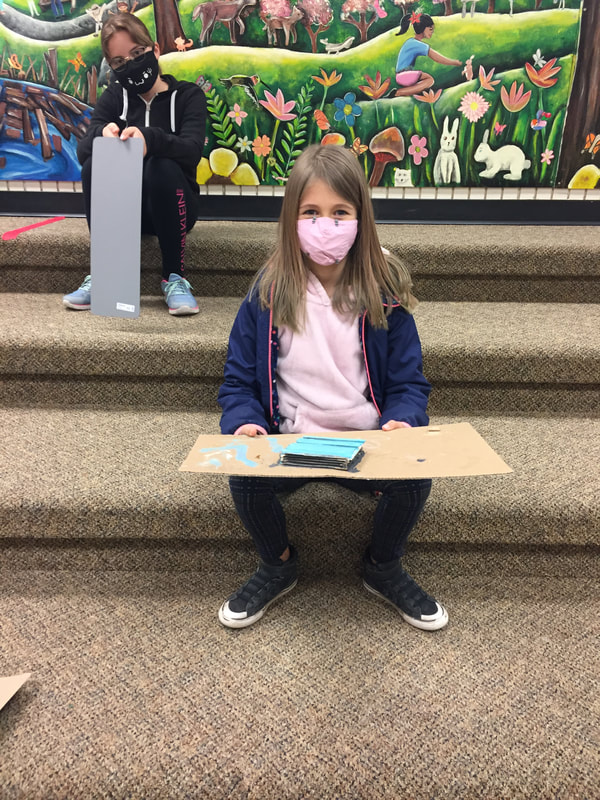
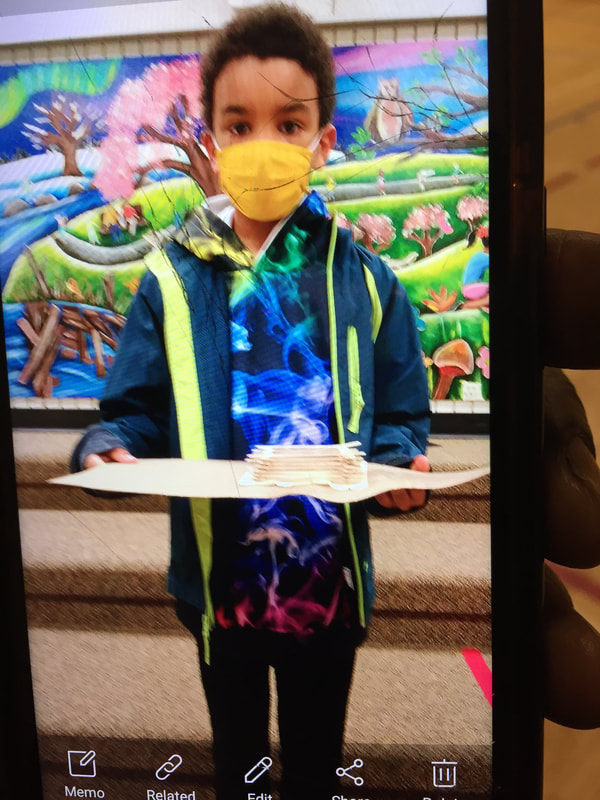
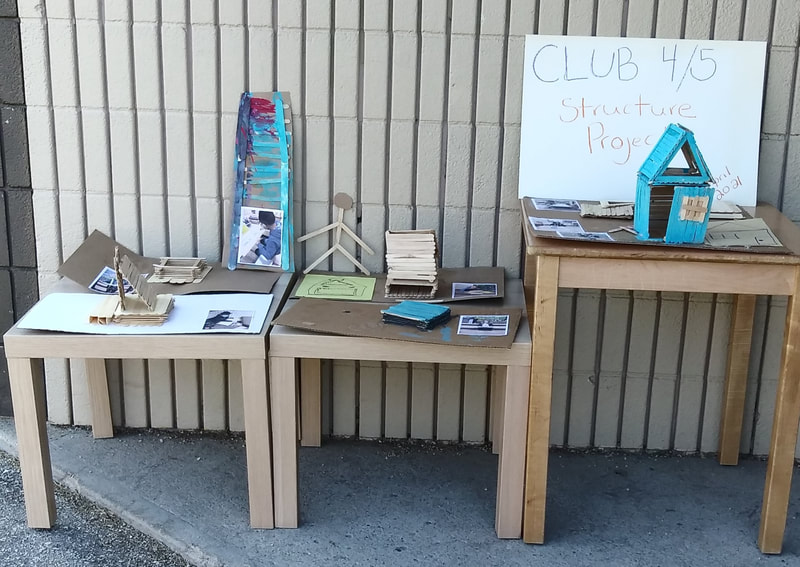
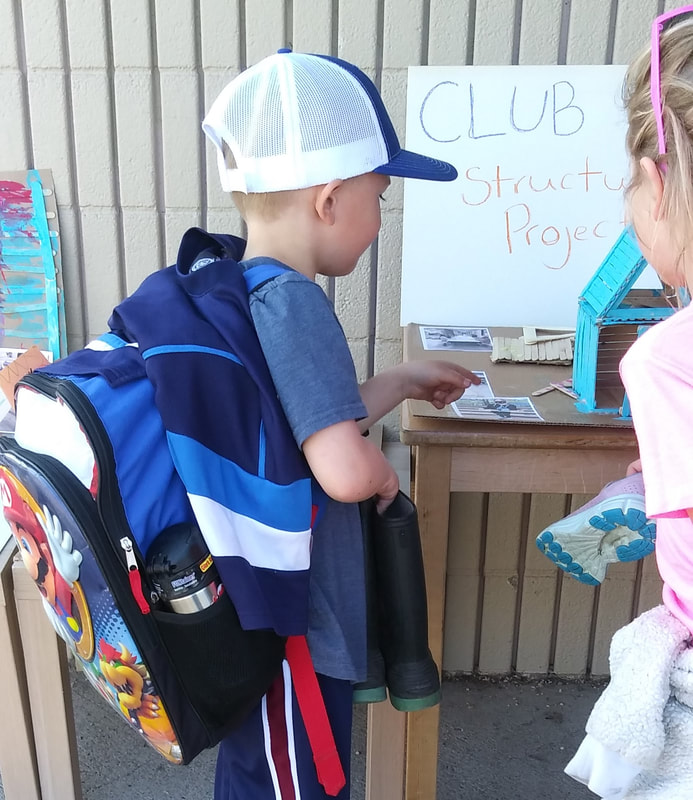
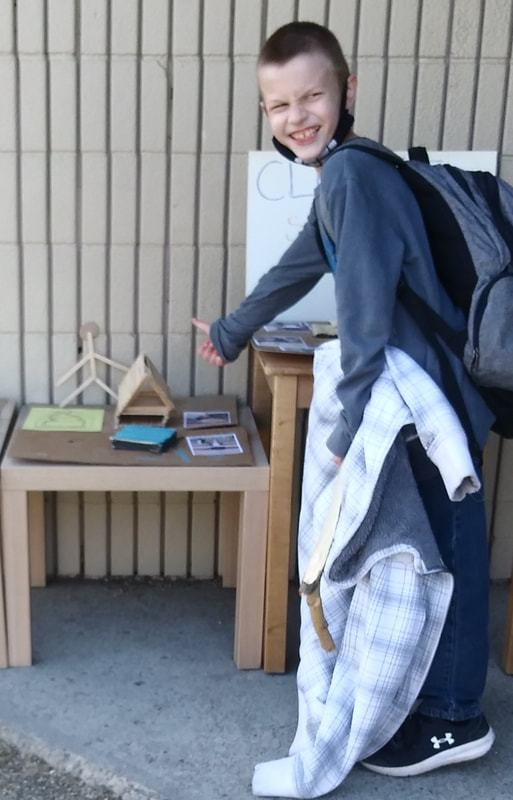
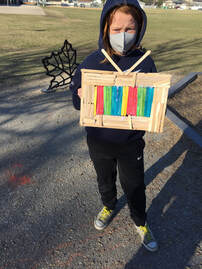
 RSS Feed
RSS Feed

